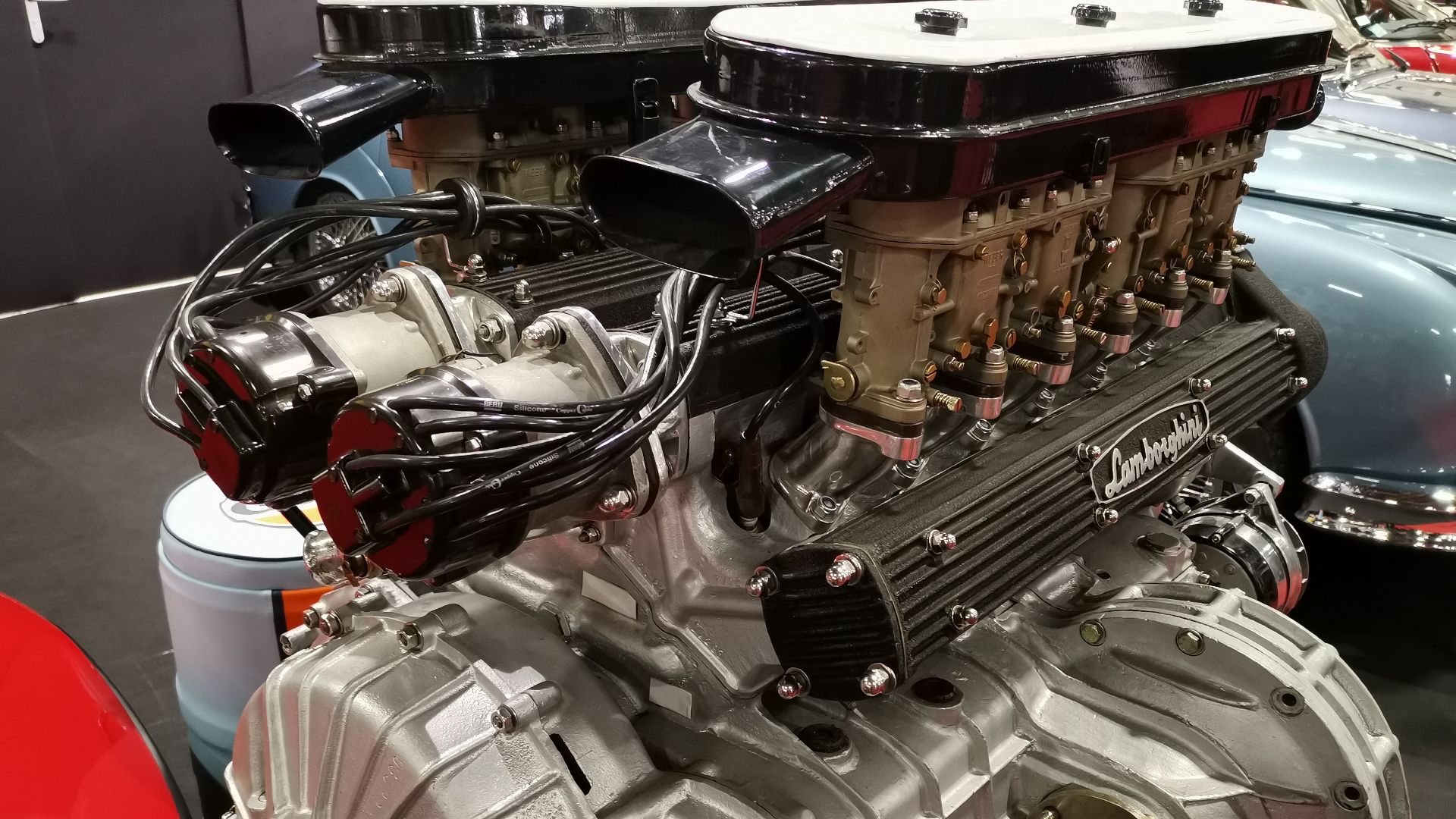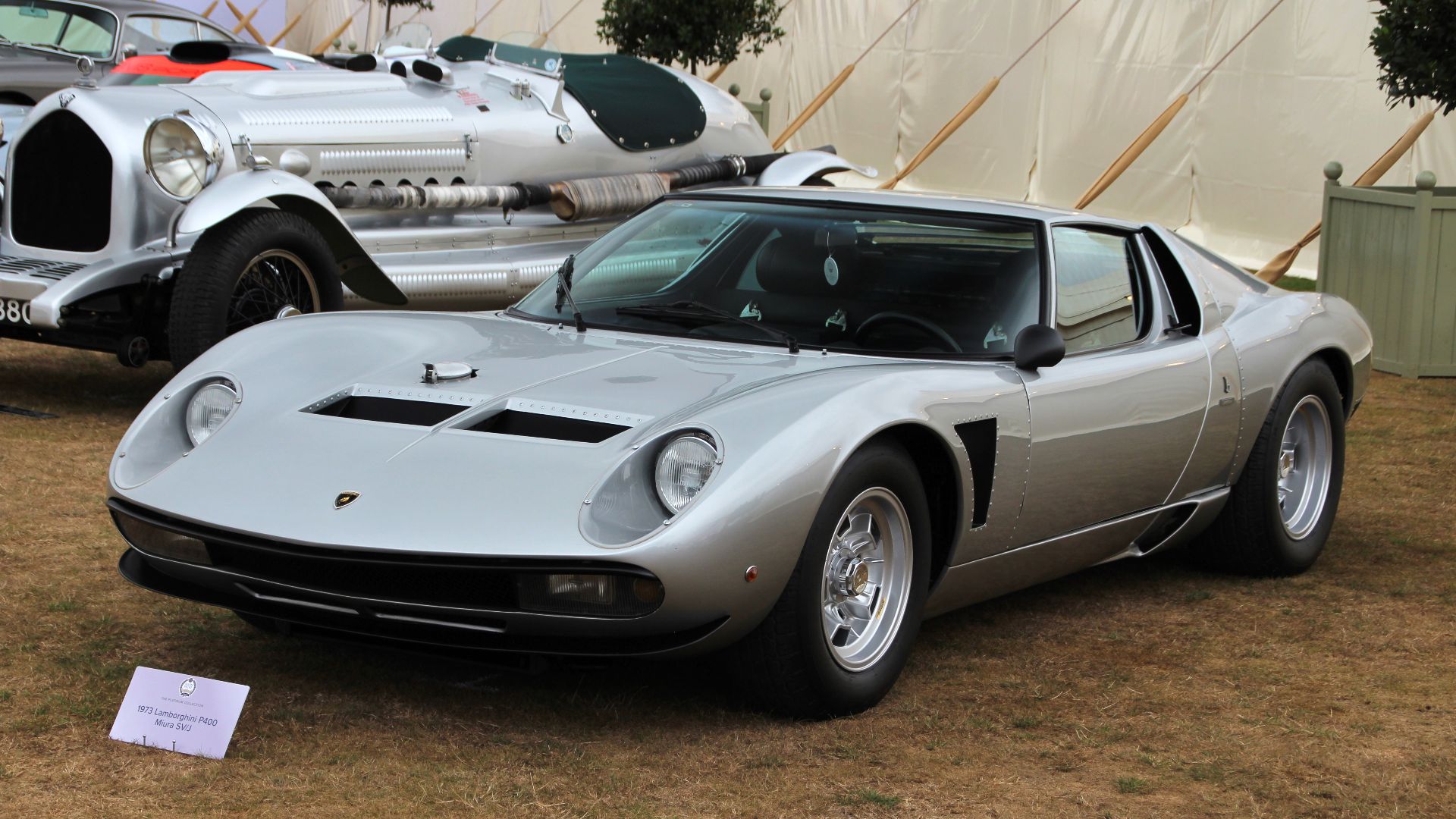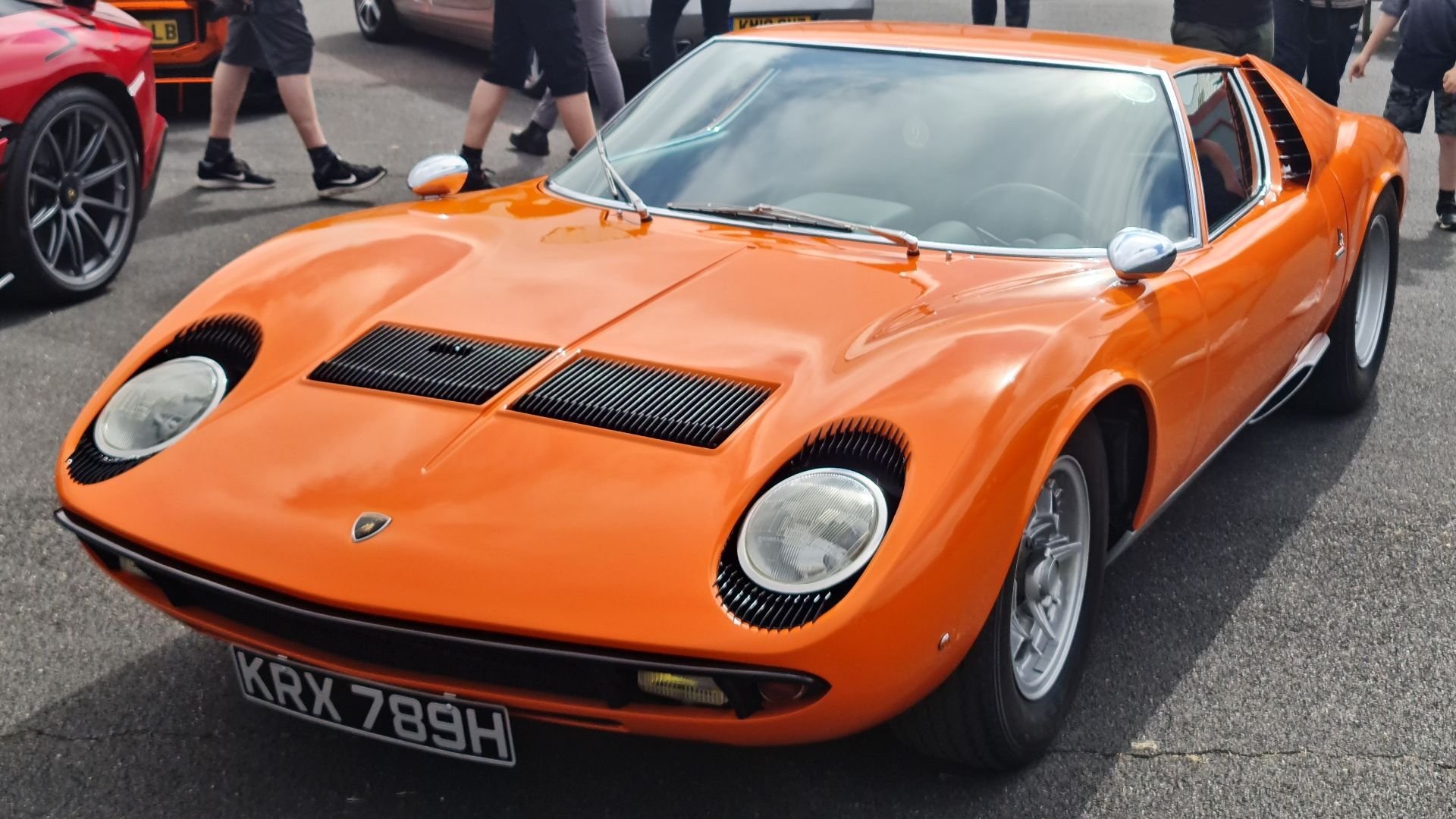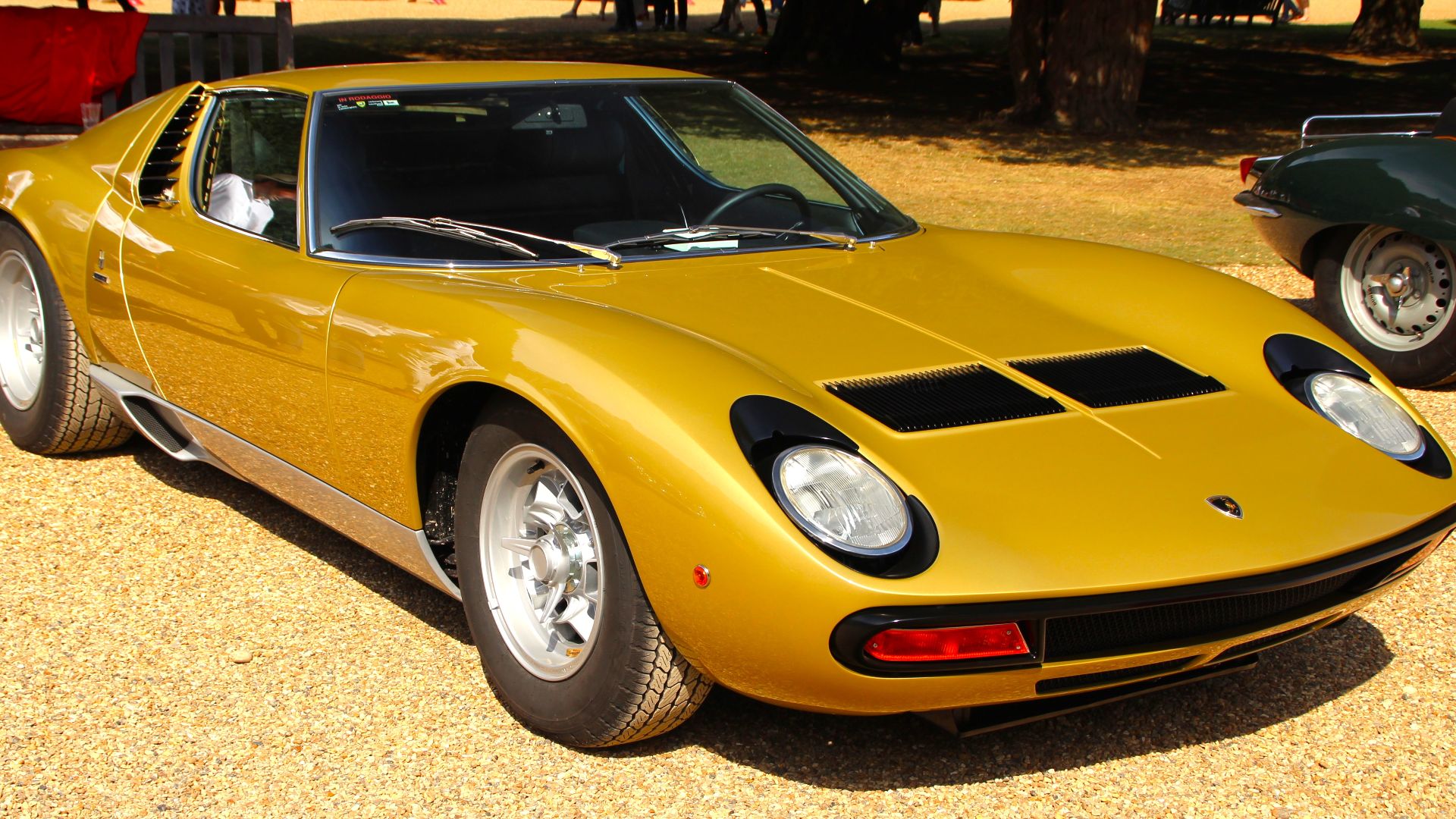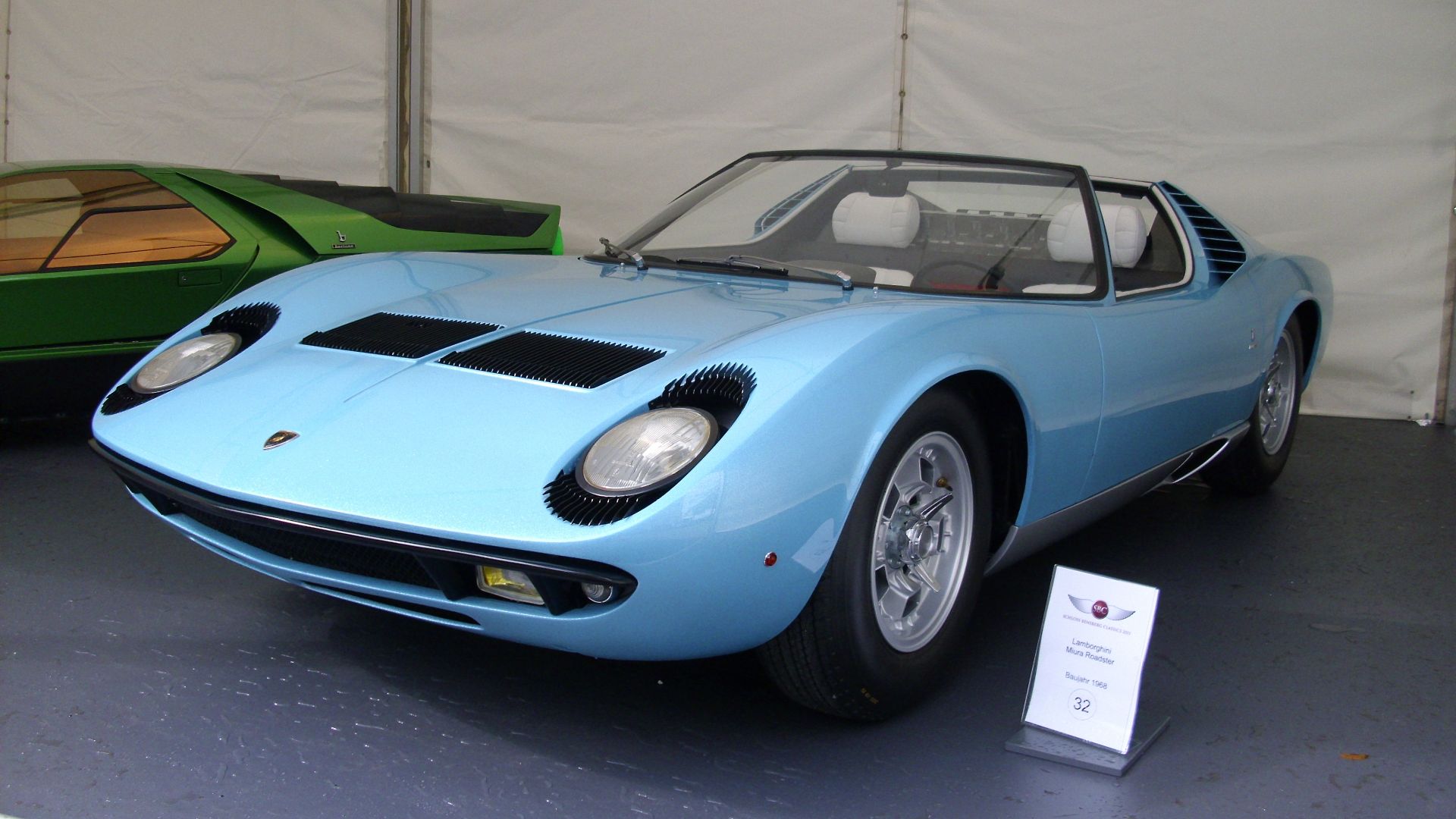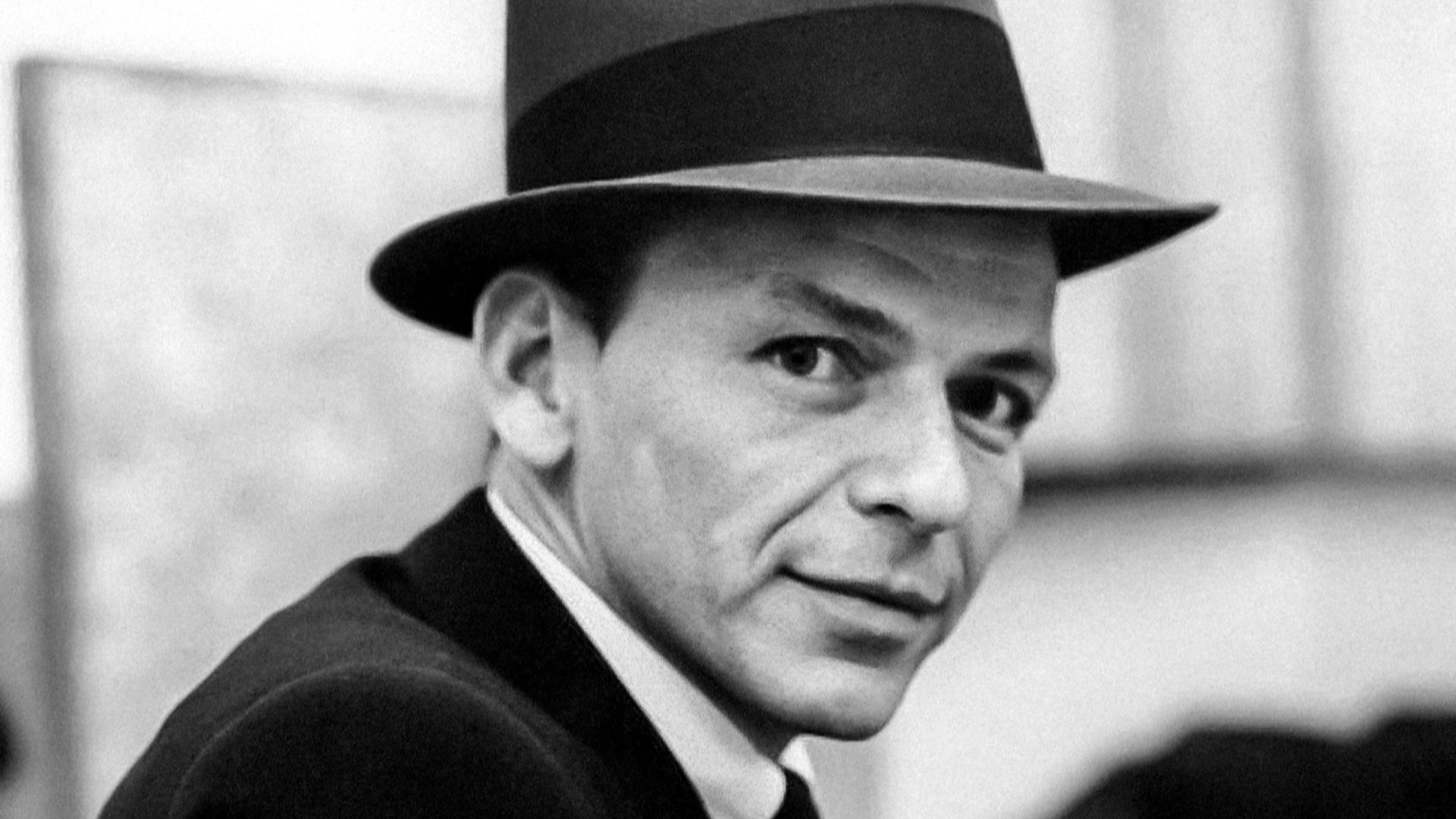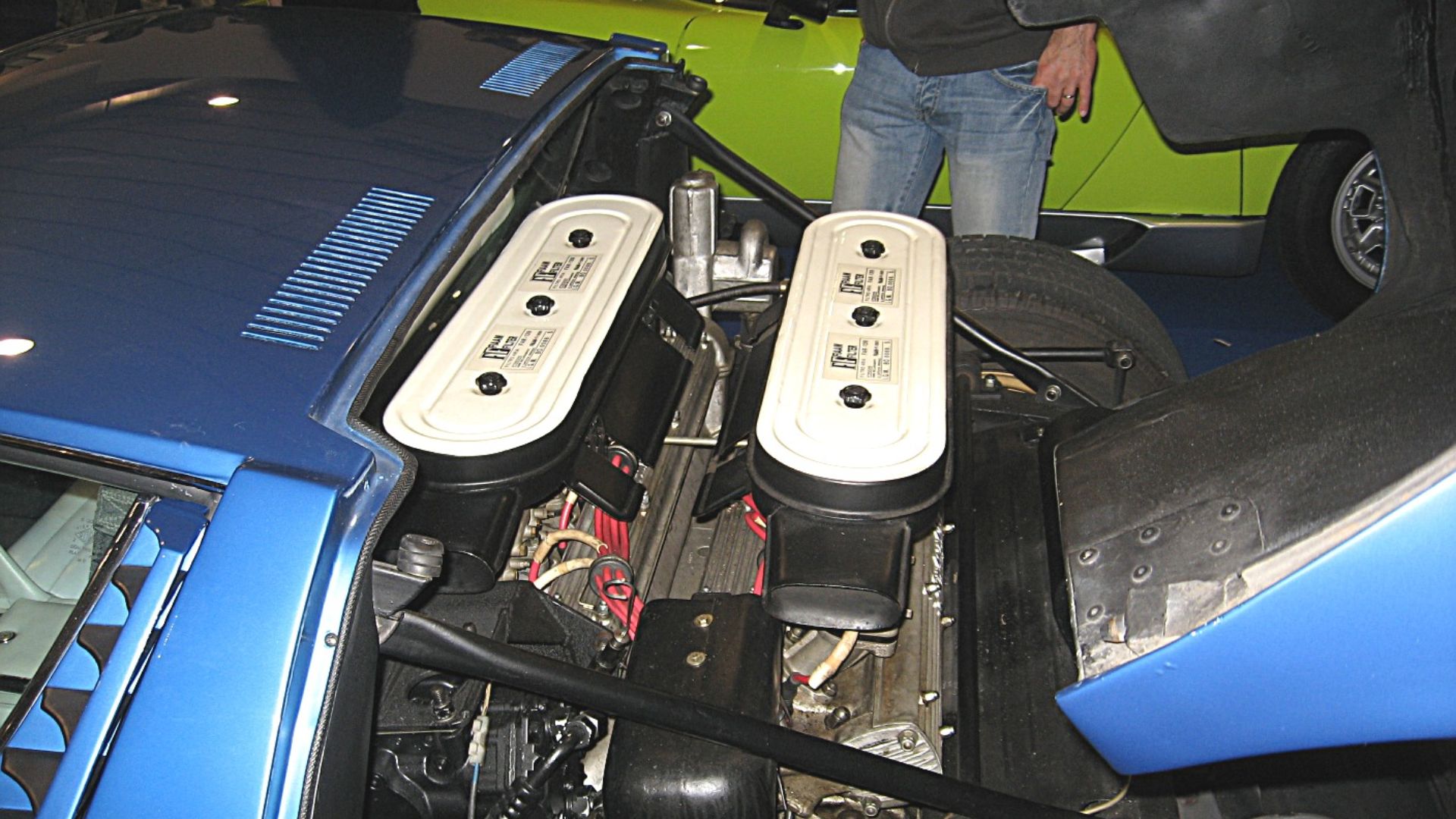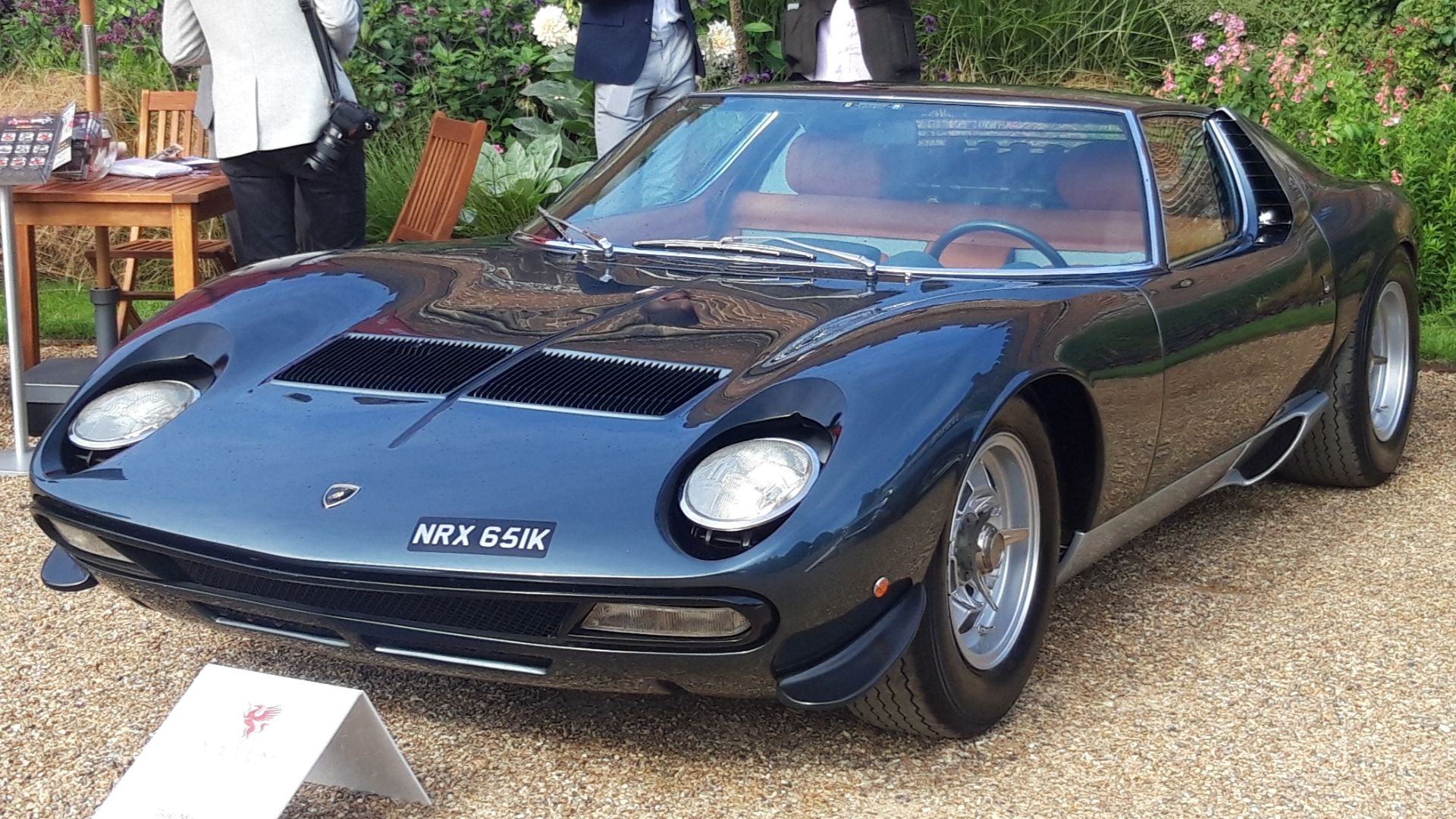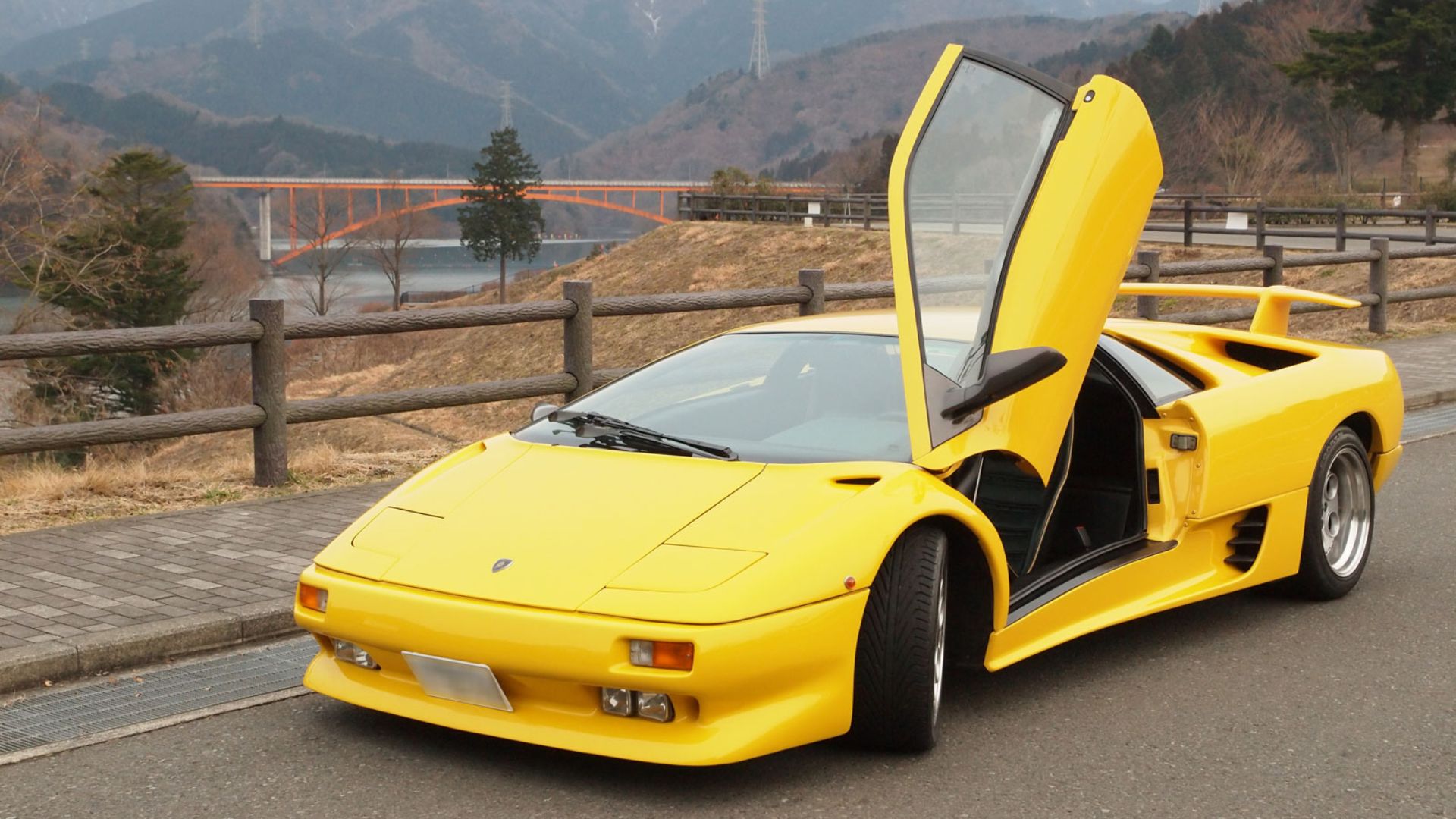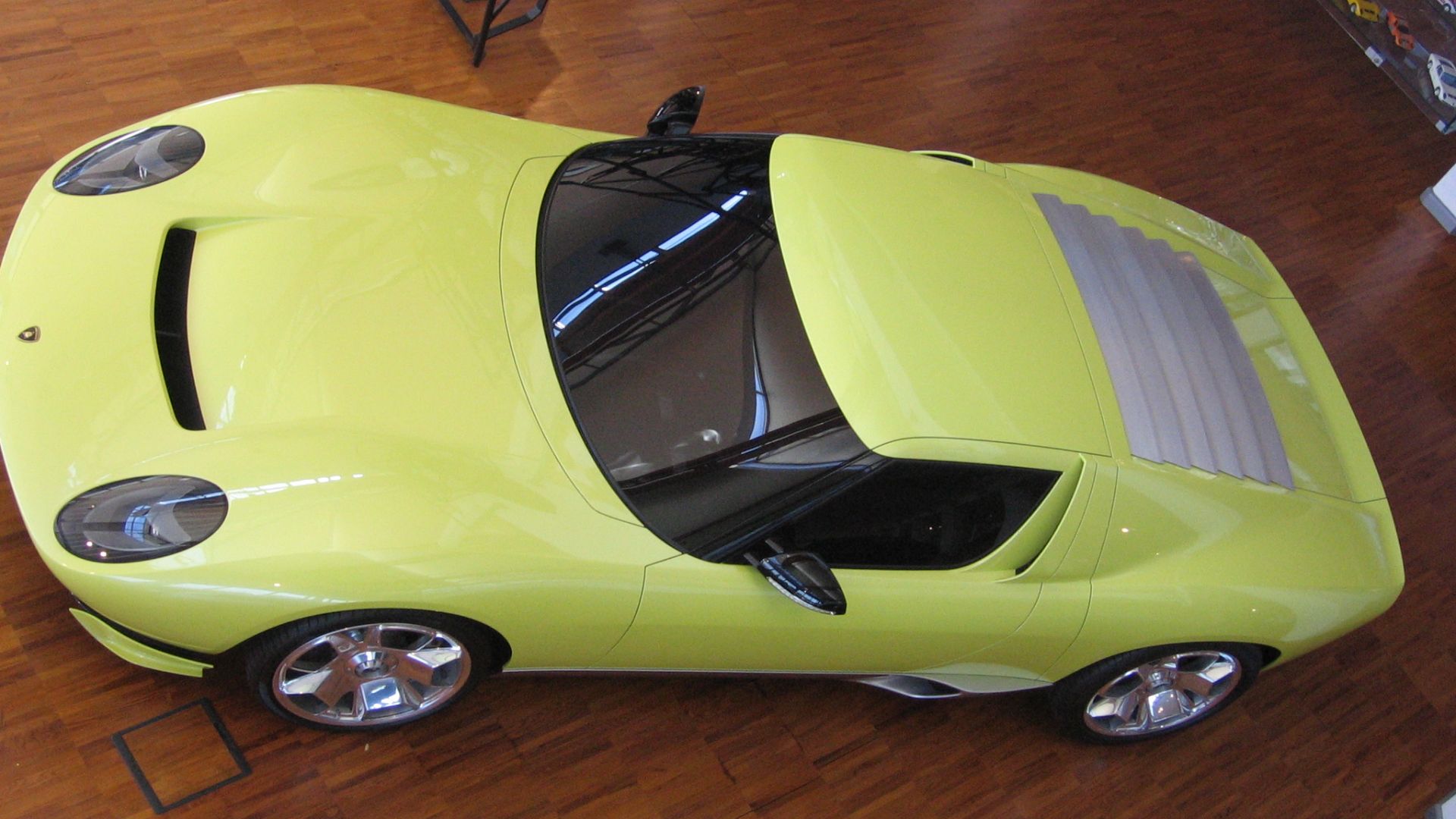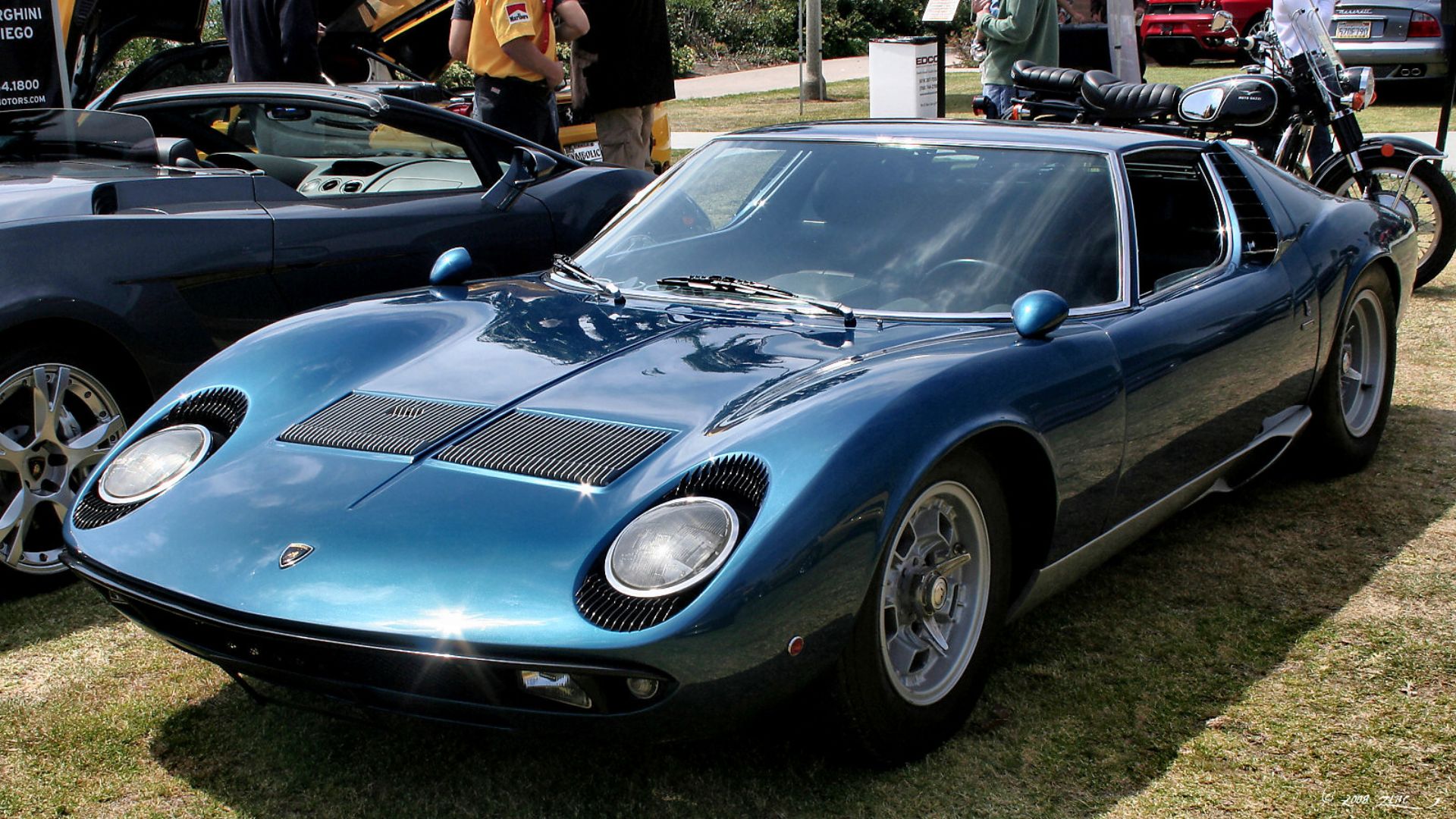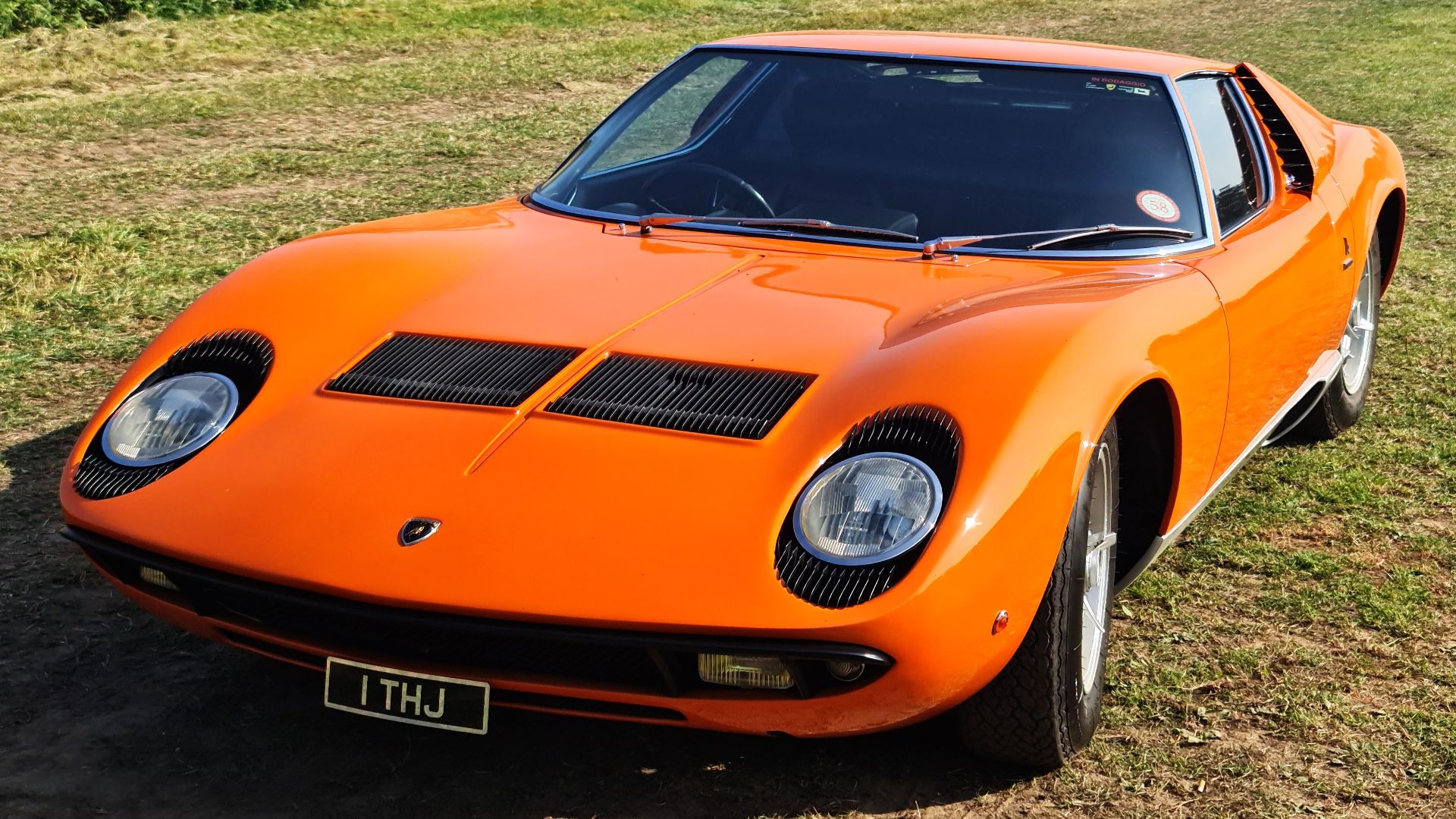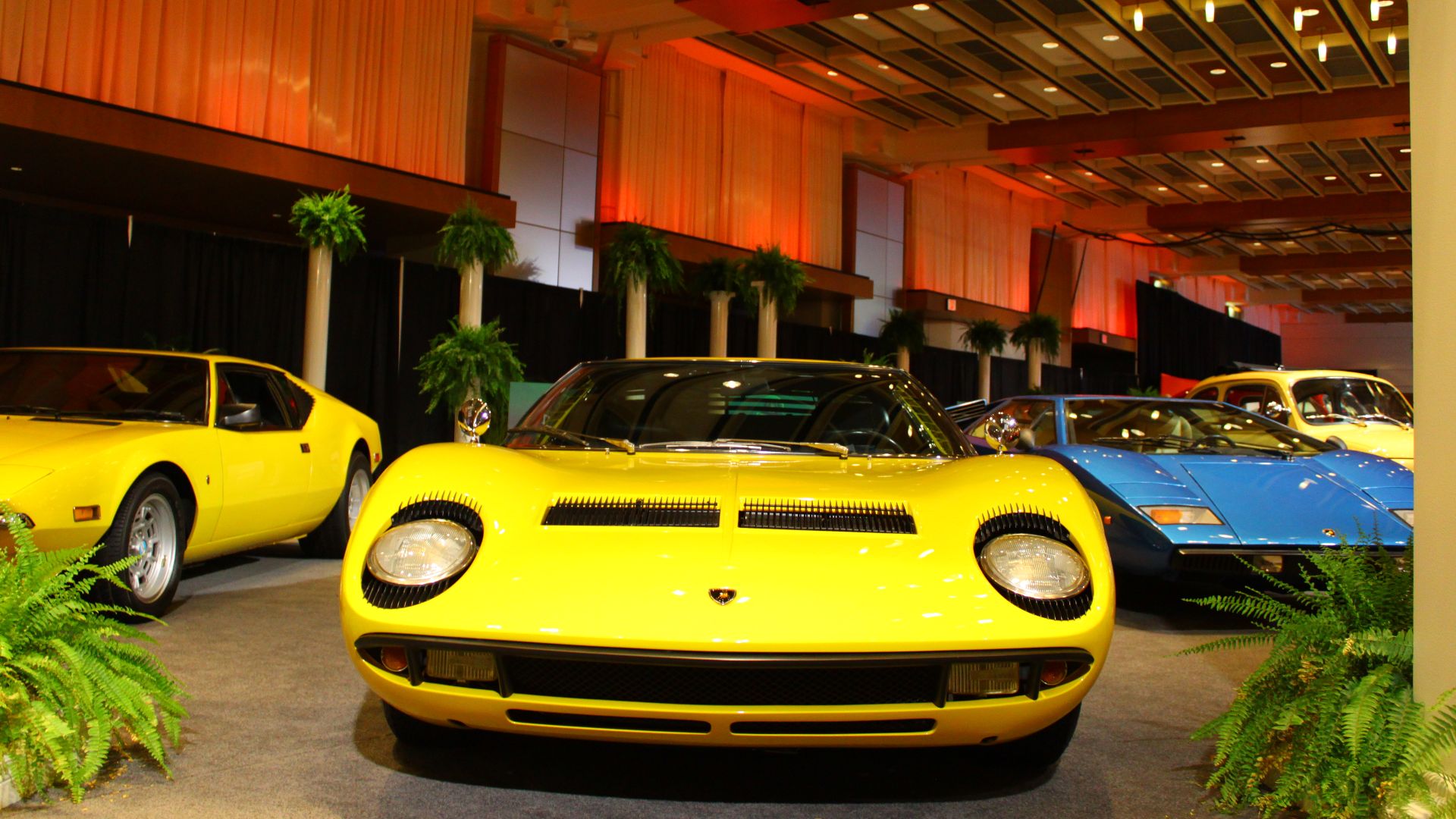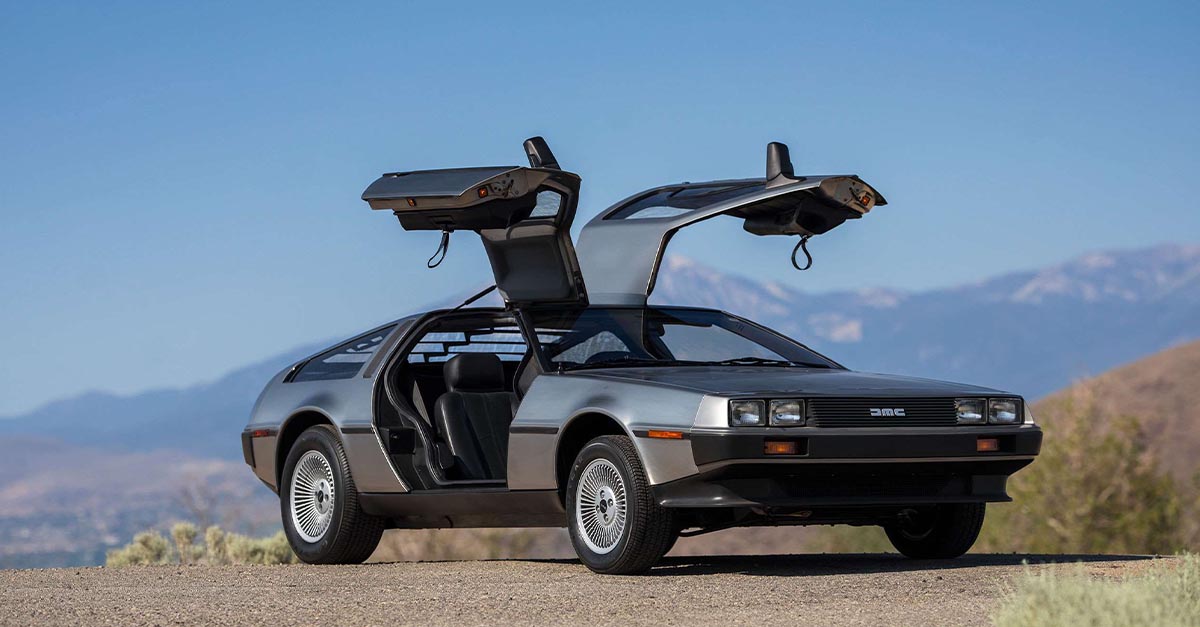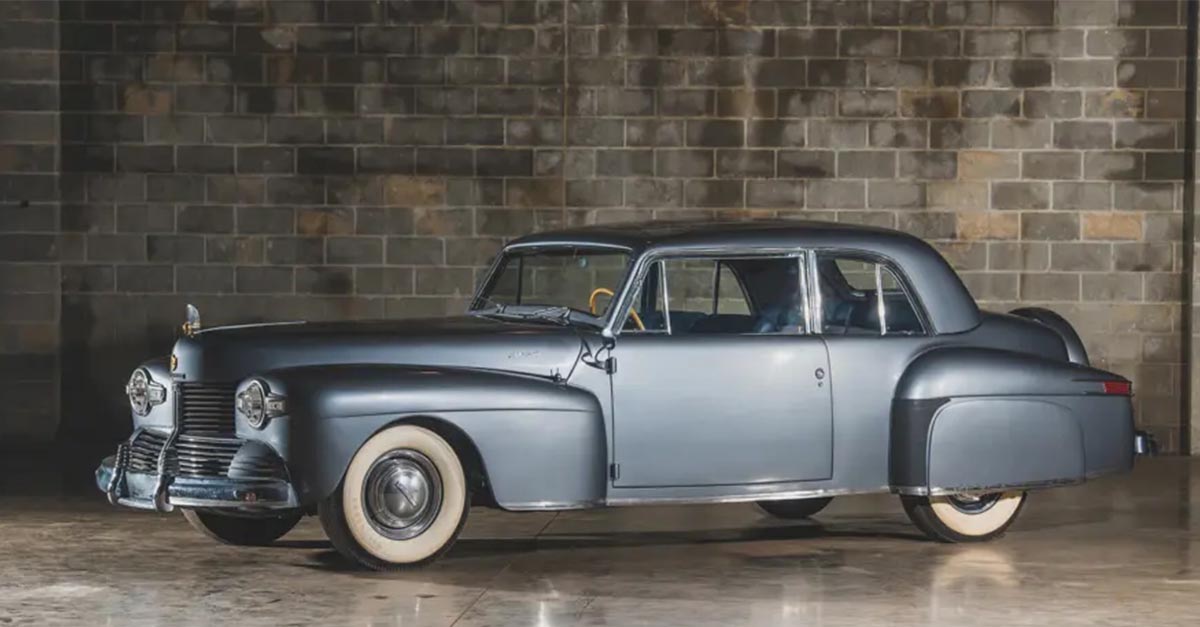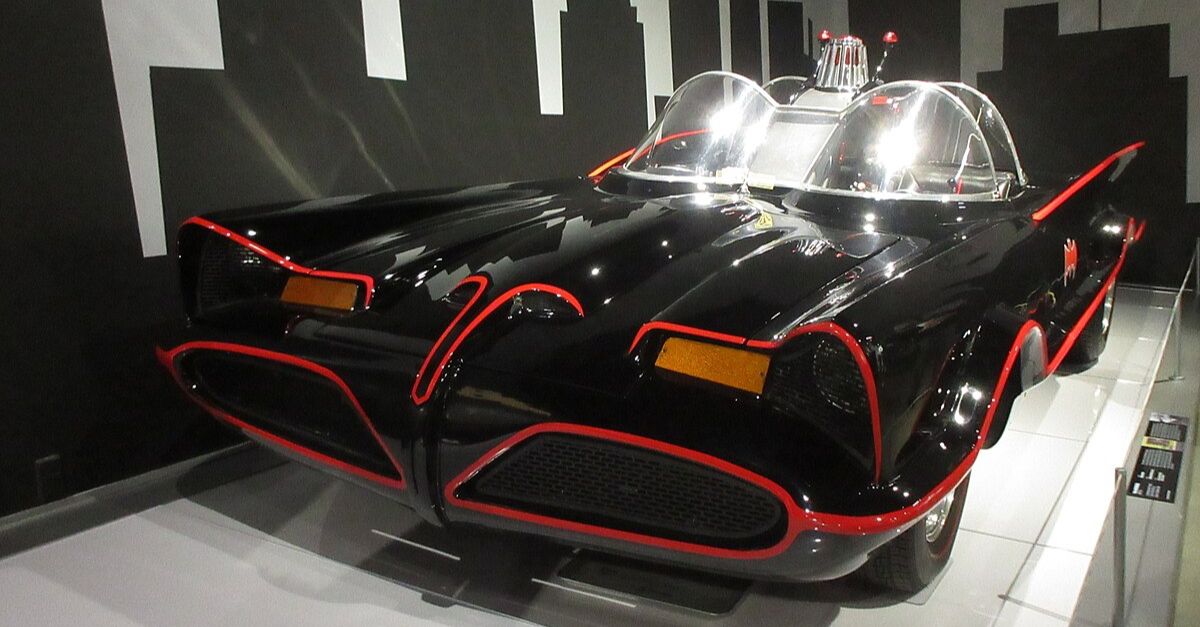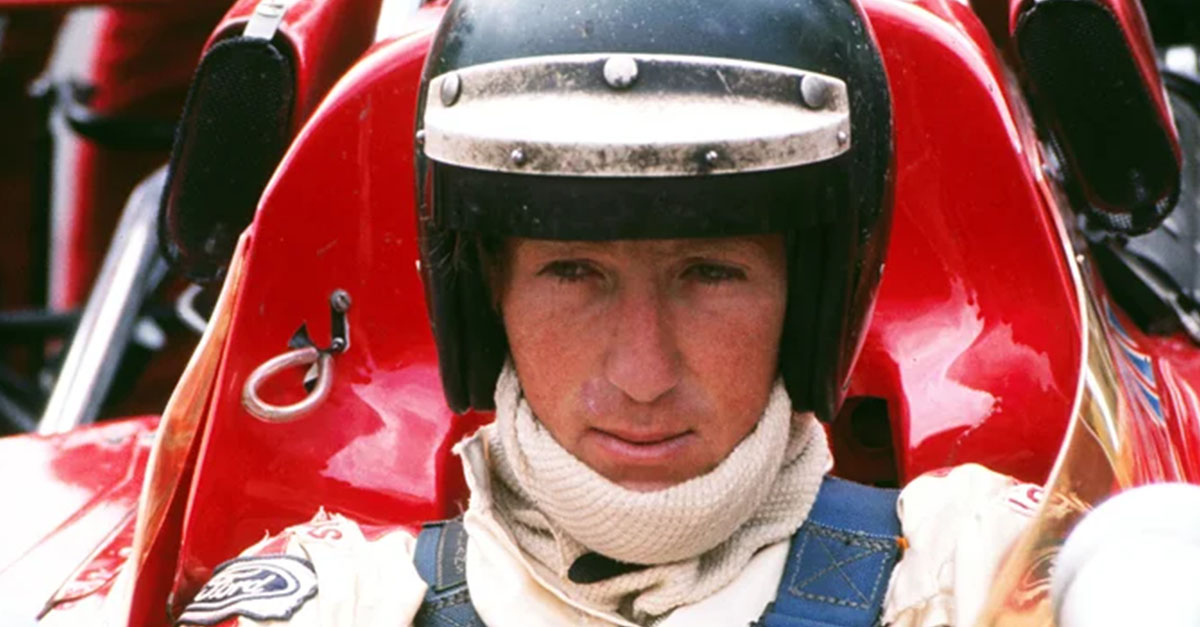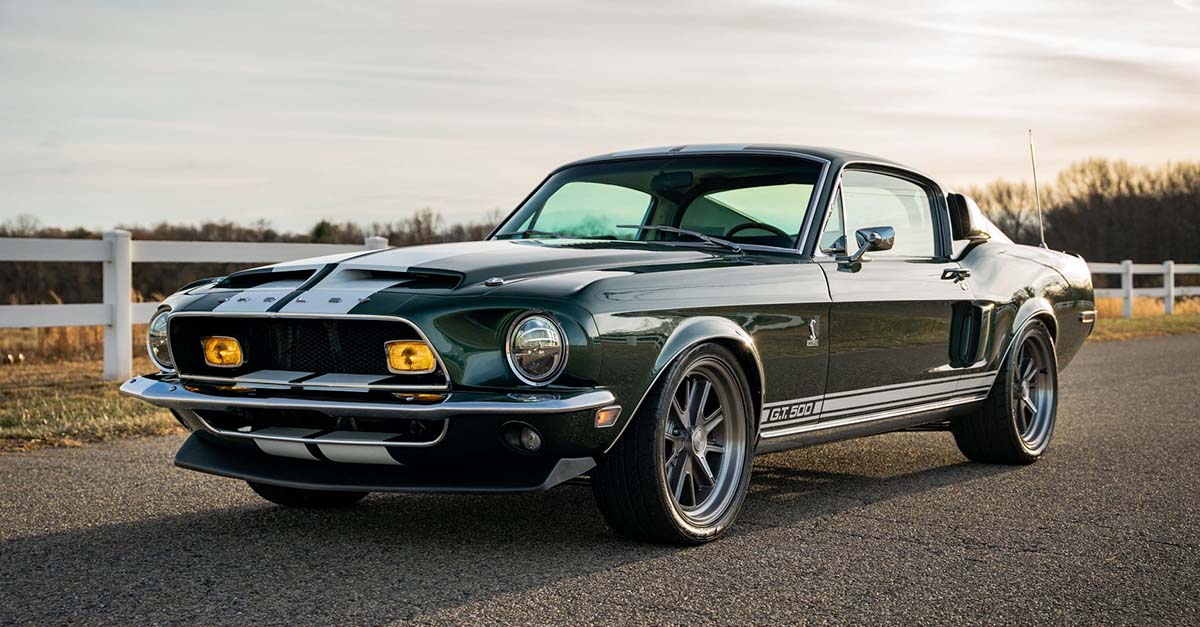Where Elegance Meets Power
Elegance and power rarely align, yet the Lamborghini Miura mastered both. Its bold debut stunned rivals with innovation, design, performance, engineering, and more.
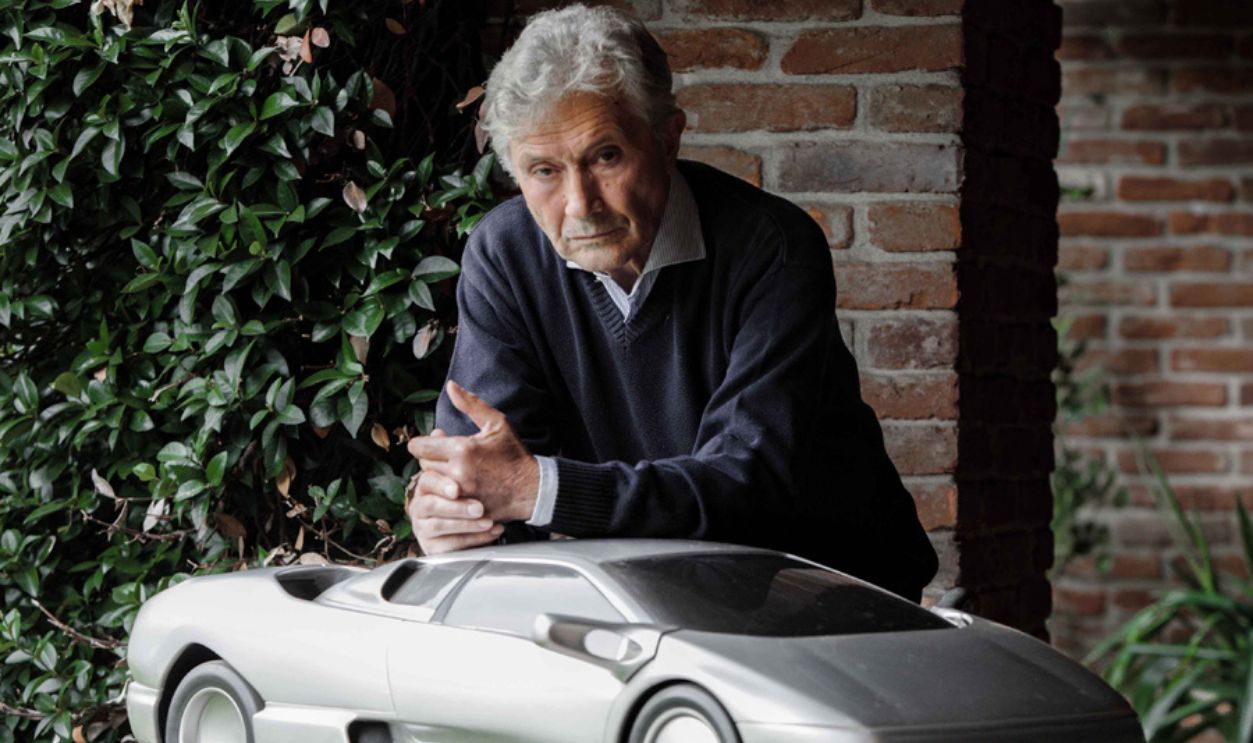
It Started With Ferruccio Lamborghini's Vision
Defying expectations, Ferruccio Lamborghini made a transition from farm equipment to super-performance cars during the early 1960s. He wanted to build a car to solidify his brand's position as that of a Ferrari competitor. His ideology favored road-going speedsters and demonstrated that luxury and performance were compatible.
Names Inspired By Bullfighting
Named after strength, the Miura derived its name from Spain's legendary fighting bulls. Bullfighting fascinated Lamborghini, and this model was just the beginning of names that would follow, including the Aventador and Huracan. The name on each represented raw strength and a wild spirit—attributes inherent in Lamborghini.
 Andrew Bossi, Wikimedia Commons
Andrew Bossi, Wikimedia Commons
A Handcrafted Build Process
Unlike modern assembly-line supercars, every Miura was built with a craftsman’s touch. Skilled artisans shaped its aluminum body and fine-tuned its roaring V12 by hand. This old-world approach to car-making adds to its mystique, and this ensures that no two Miuras are exactly alike.
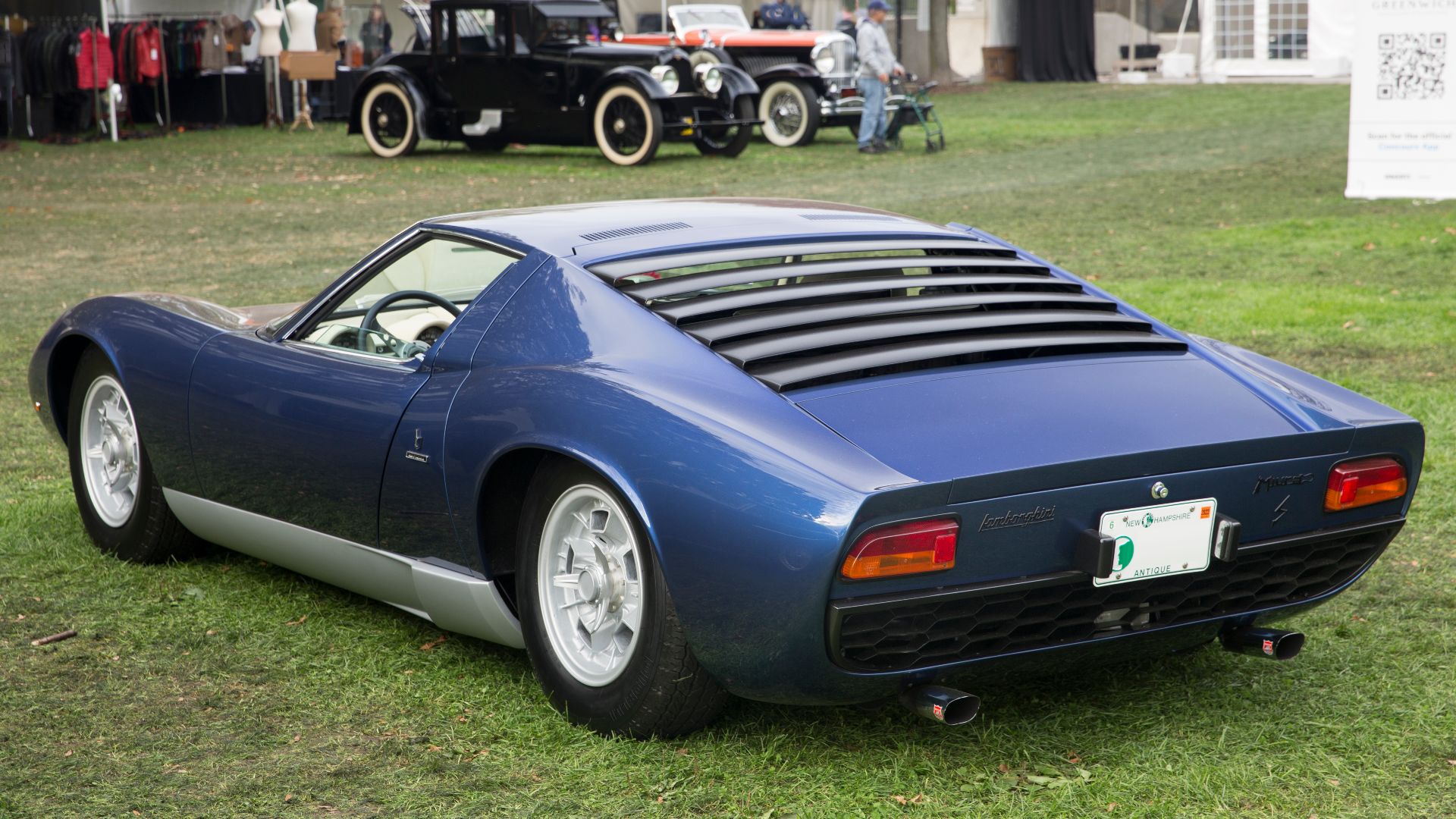 Mr.choppers, Wikimedia Commons
Mr.choppers, Wikimedia Commons
Origins Of The Miura's Revolutionary Design
Born from ambition, the Miura was designed by Marcello Gandini at Bertone, shaking up automotive aesthetics in 1966. Its sleek, low-slung body defied convention, which proved that beauty and aerodynamics could coexist. Lamborghini’s gamble paid off—this car became a legend overnight.
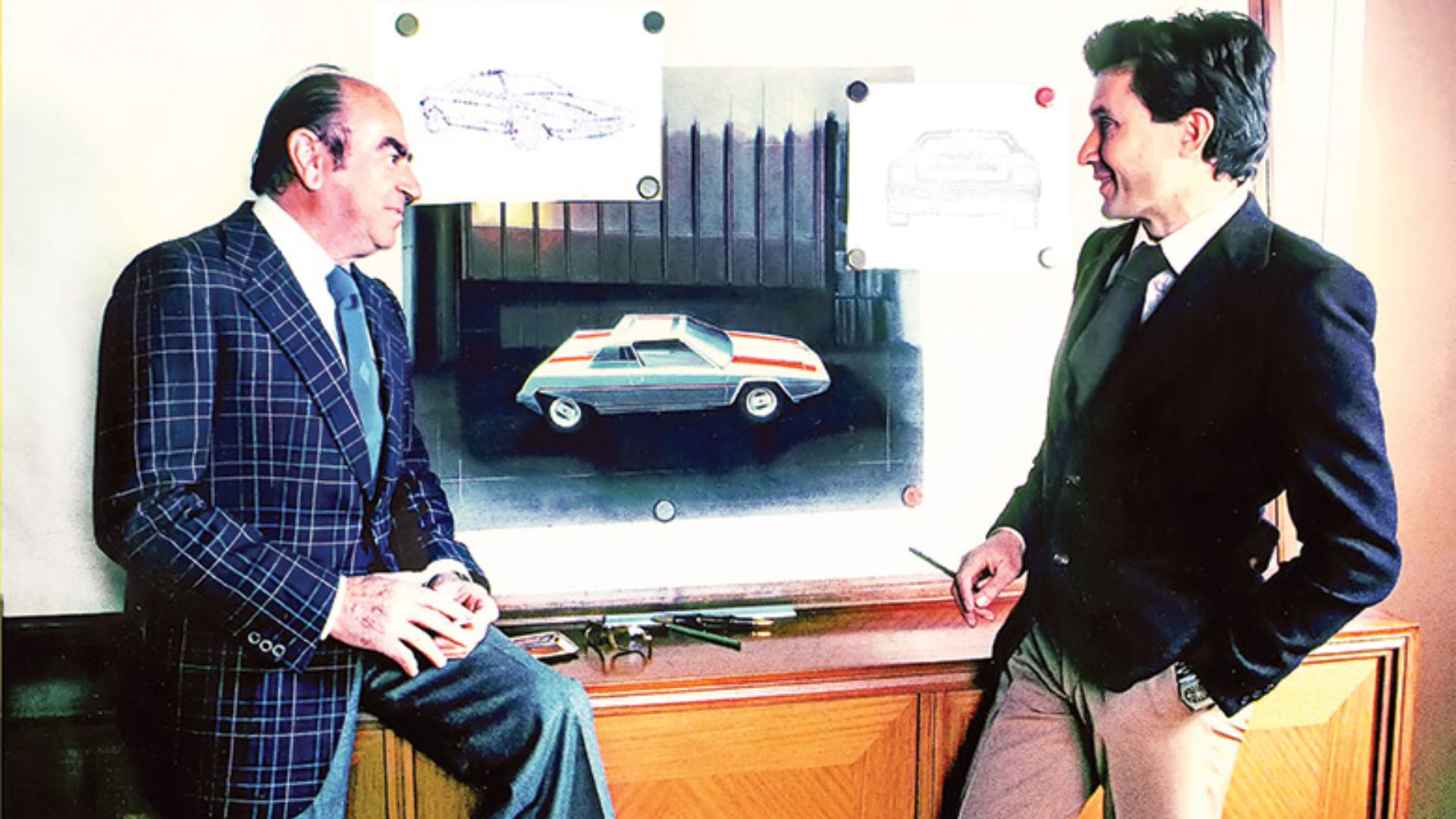 Unknown photographer, Wikimedia Commons
Unknown photographer, Wikimedia Commons
A Collaboration Between Genius Minds
Brilliant minds shaped the Miura. Engineers Gian Paolo Dallara and Paolo Stanzani, alongside test driver Bob Wallace, turned Lamborghini’s dream into reality. Their collective expertise delivered a car that not only performed like a racer but also revolutionized street-legal speed.
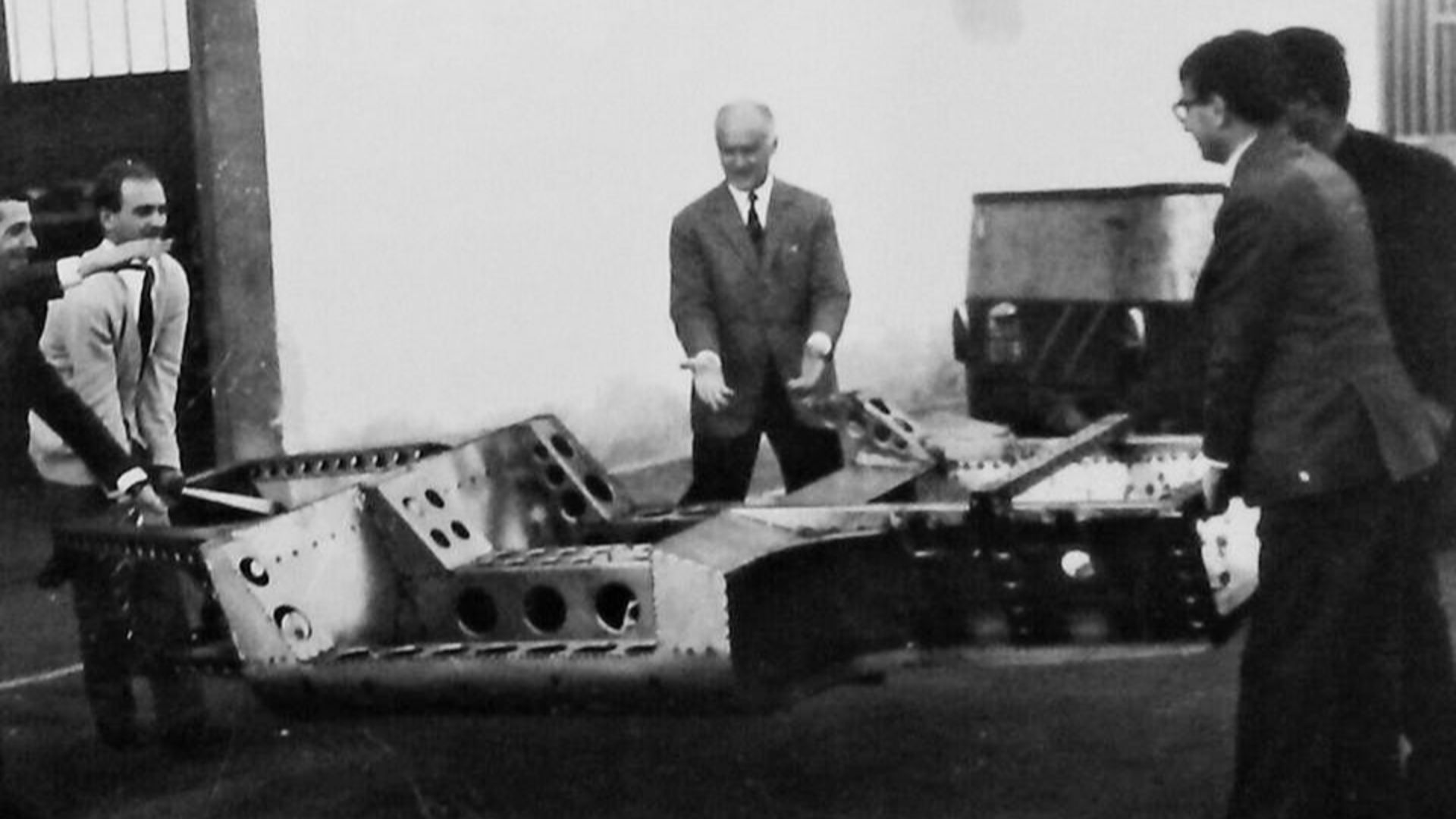 Unknown photographer, Wikimedia Commons
Unknown photographer, Wikimedia Commons
Led To A Debut At The Geneva Motor Show
Stealing the spotlight, the Miura stunned crowds at the 1966 Geneva Motor Show. Lamborghini’s bold gamble paid off—the P400 prototype left journalists and enthusiasts speechless. Within days, orders flooded in. This proved that the world was ready for a radical redefinition of performance.
 Lamborghini Miura P400 - 1966 by 2 & 4 wheels
Lamborghini Miura P400 - 1966 by 2 & 4 wheels
It Featured An Innovative Mid-Engine Configuration
The Miura was the world’s first mid-engine production supercar, which revolutionized design. Housing its 3.9-liter V12 transversely, it maximized weight distribution and handling. This radical approach reshaped sports car engineering and influenced everything from the Ferrari 512 BB to the McLaren F1.
To Impact Supercar Evolution
Redesigning speed, Miura laid down the blueprint for contemporary supercars. It was launched in 1966, and the revolutionary mid-engine design became the benchmark for ultra-performance cars. Supercar makers emulated it as the Miura's DNA continues to reverberate in today's automotive marvels.
 Davide Oliva from Italy, Wikimedia Commons
Davide Oliva from Italy, Wikimedia Commons
Offering An Unmatched Driving Experience
Driving a Miura is an event. Its naturally aspirated V12 screams behind the driver’s head, while the manual transmission demands precision. There’s no modern traction control—just raw, mechanical engagement. The low-slung seating position and unfiltered power make it one of the most visceral driving experiences ever created.
 Lamborghini Miura history and drive review. Mega sound! by Harry's garage
Lamborghini Miura history and drive review. Mega sound! by Harry's garage
And Breaking Speed Records
Speed reigned supreme with the Miura. Upon its release, it was among the fastest road cars globally and topped out at approximately 170 mph. It outpaced most production cars of its time, and this solidified Lamborghini’s reputation for pushing the limits of power and performance.
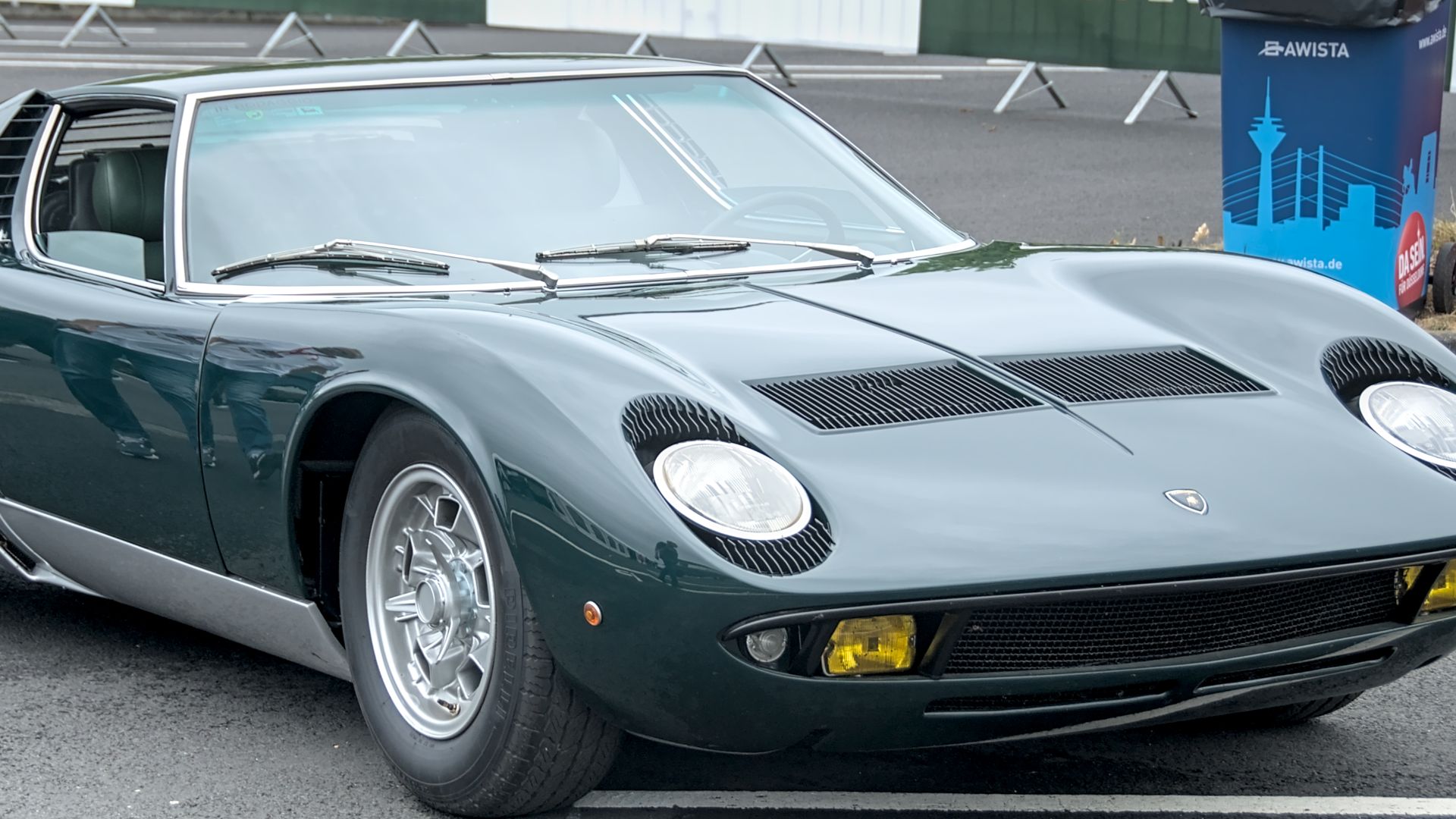 Alexander Migl, Wikimedia Commons
Alexander Migl, Wikimedia Commons
Thanks To Its Technical Specifications
Raw power defined the Miura. Equipped with a 3.9-liter V12 producing up to 380 horsepower, it catapulted from 0 to 60 mph in under seven seconds. Weighing just 2,848 lbs, it combined speed and agility like no other. Its five-speed manual gearbox made every shift feel precise.
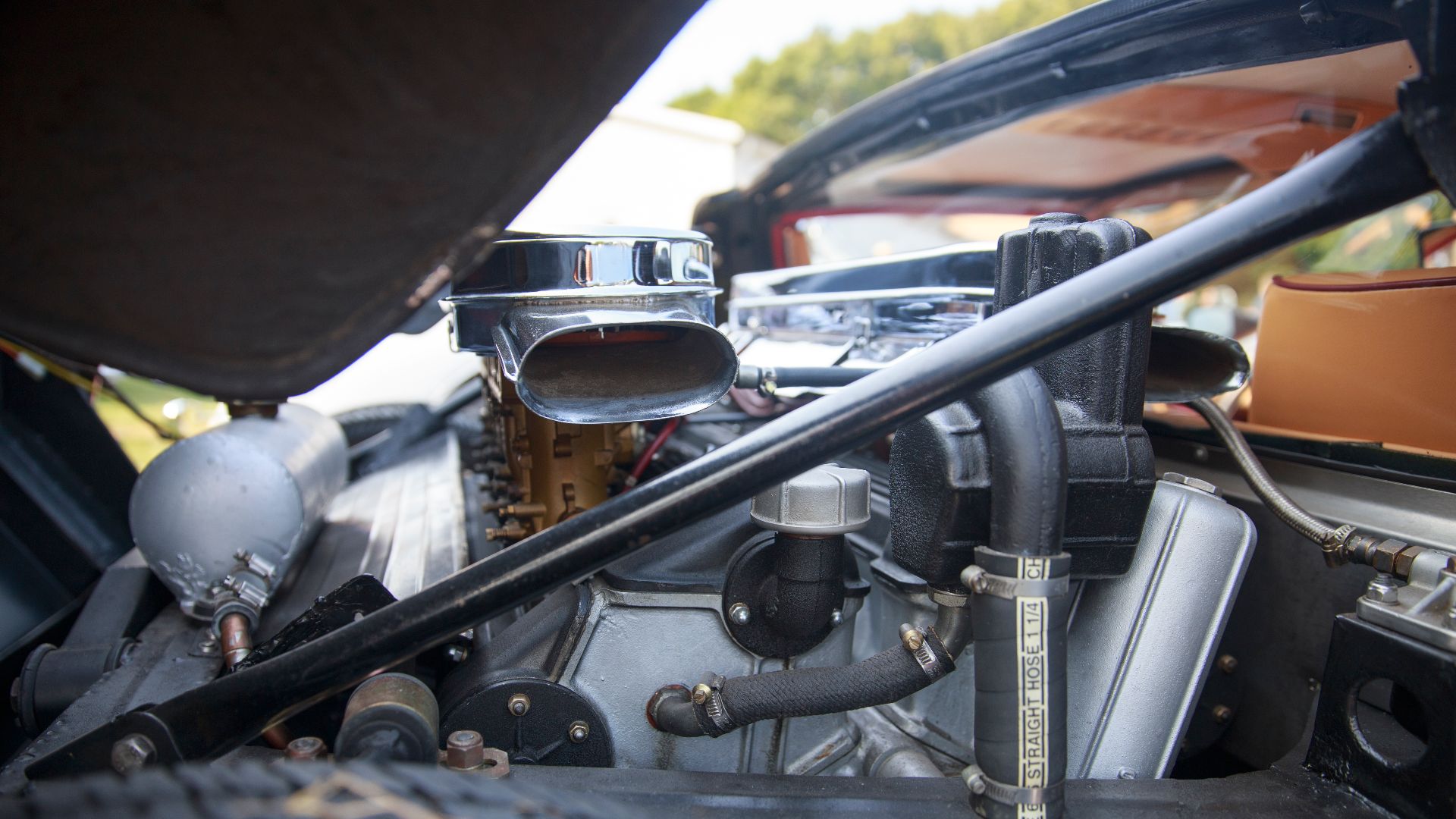 Mr.choppers, Wikimedia Commons
Mr.choppers, Wikimedia Commons
In A True Design Evolution
Miuras evolved in pursuit of perfection. The P400 debuted with 345 horsepower, but later models improved on this foundation. Its S model introduced better aerodynamics and power tweaks, while the SV added a wider rear track. The rare SVJ models, inspired by racing prototypes, became the ultimate Miura.
Lamborghini P400S Miura Upgrade
Lamborghini introduced the P400S Miura at the 1968 Turin Motor Show as a refined version of the original P400. This updated model featured subtle enhancements, including power windows, an optional air conditioning system, and a performance boost. Its 3.9-liter V12 engine gained an additional 20 horsepower.
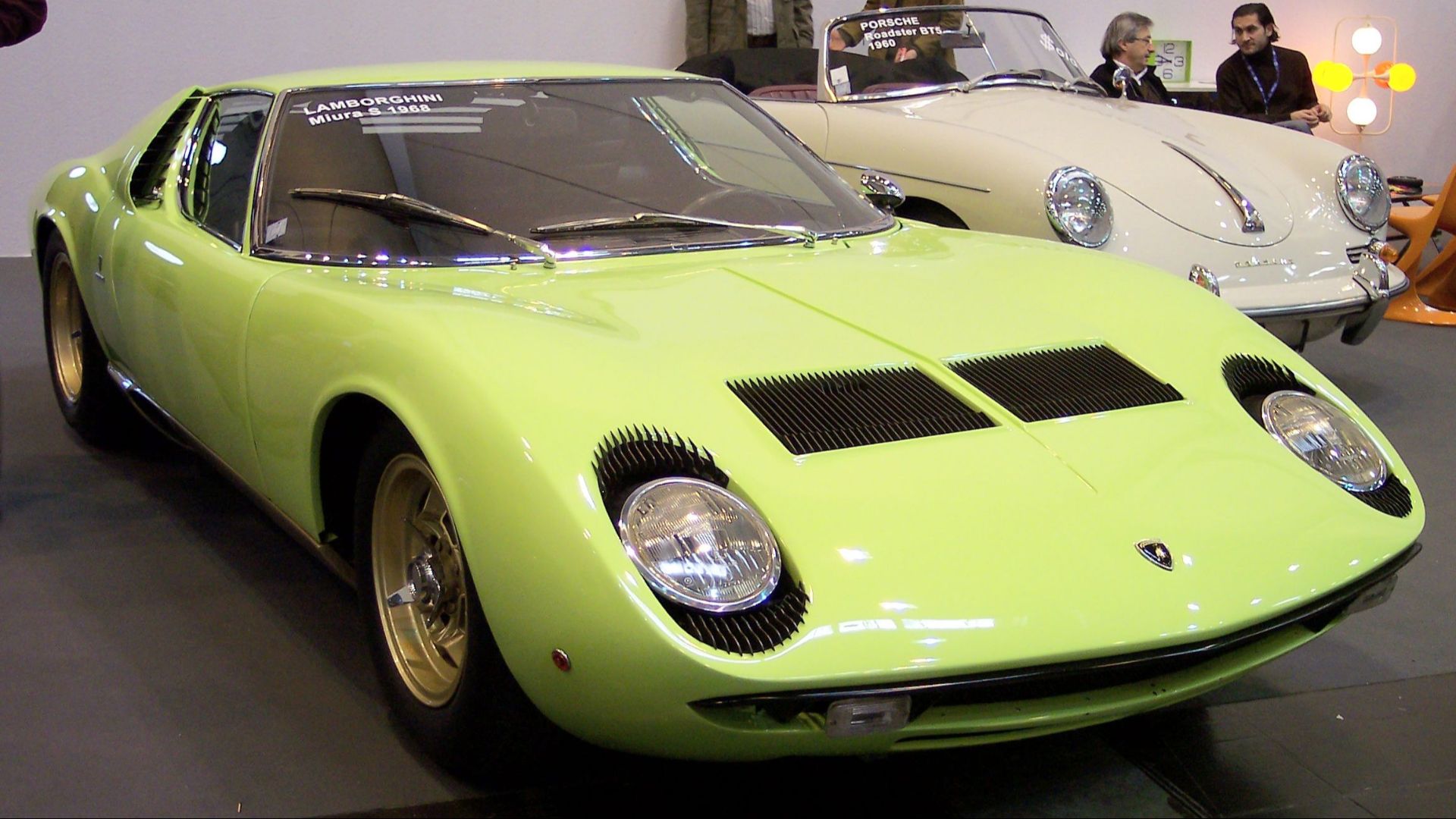 Stahlkocher, Wikimedia Commons
Stahlkocher, Wikimedia Commons
A Lasting Influence On Lamborghini's Design Language
Every Lamborghini owes something to the Miura. Its mid-engine layout and bold lines inspired future icons like the Countach and Diablo. The sleek, flowing body remains a benchmark for design purity. Even today, elements of Miura’s DNA are evident in the Aventador and Huracan.
It Became A Supercar Legend
The Lamborghini Miura, created between 1966 and 1973, is often hailed as the world's first supercar. Throughout its production run, several variants were introduced, each with distinct features and limited production numbers. Its design and engineering set new standards in the automotive industry.
The One-Of-A-Kind Miura Roadster
In 1968, Bertone crafted a one-off Miura Roadster, showcased at the Brussels Auto Show. Unlike other Miuras, this model featured a Targa-style design with no roof at all, which made it a unique piece in Lamborghini's history.
Is Considered A Worthy Collectible
In 2006, real estate developer Adam Gordon acquired the Miura Roadster and commissioned a meticulous restoration to its original 1968 specifications. Later, the Miura Roadster changed ownership for an undisclosed amount, with estimates at the time indicating it was worth around $14 million.
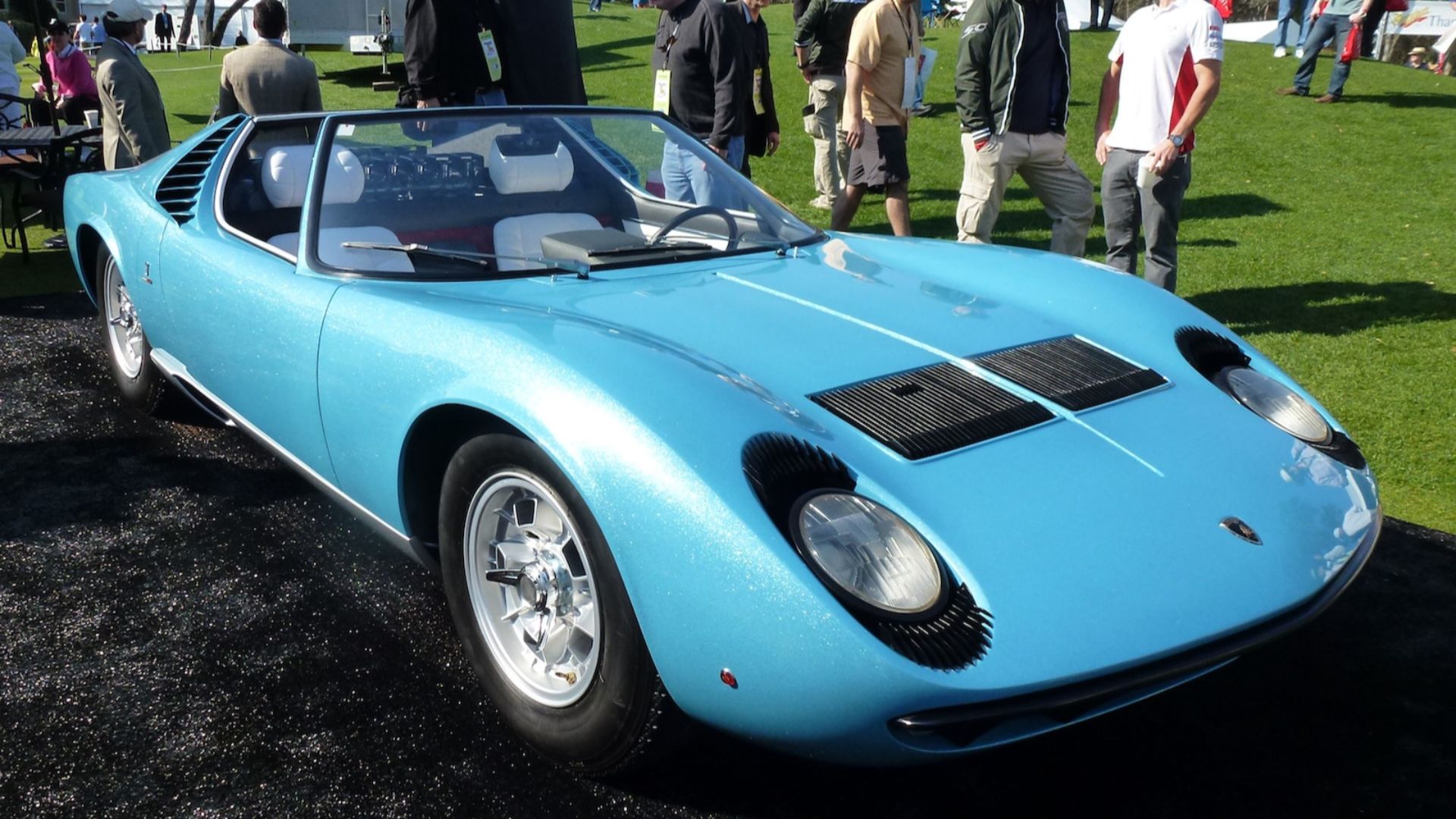 Michael Gulett, Wikimedia Commons
Michael Gulett, Wikimedia Commons
That Celebrity Owners Loved
Having a Miura was an indicator of prestige. Stars such as Frank Sinatra and Rod Stewart succumbed to its charm. Hollywood's A-listers preferred this car for its balance of performance and style, which made it a mobile declaration of luxury and rebellion.
And An Important Role In Pop Culture And Film
Cinema immortalized the Miura. Its unforgettable appearance in The Italian Job’s opening scene set the tone for automotive coolness. This on-screen presence secured its place in pop culture and ensured that even those unfamiliar with supercars recognized its unmistakable silhouette.
 The Italian Job 1969 intro by Cheshire Classic Cars
The Italian Job 1969 intro by Cheshire Classic Cars
Thanks To Its Elegant Interior
Sitting inside a Miura felt like stepping into the future. The cockpit is wrapped around the driver with a minimalist, functional layout. Leather-clad bucket seats and chrome-trimmed dials emphasized performance. It was designed for driving pleasure, which blends Italian craftsmanship with the rawness of a race car.
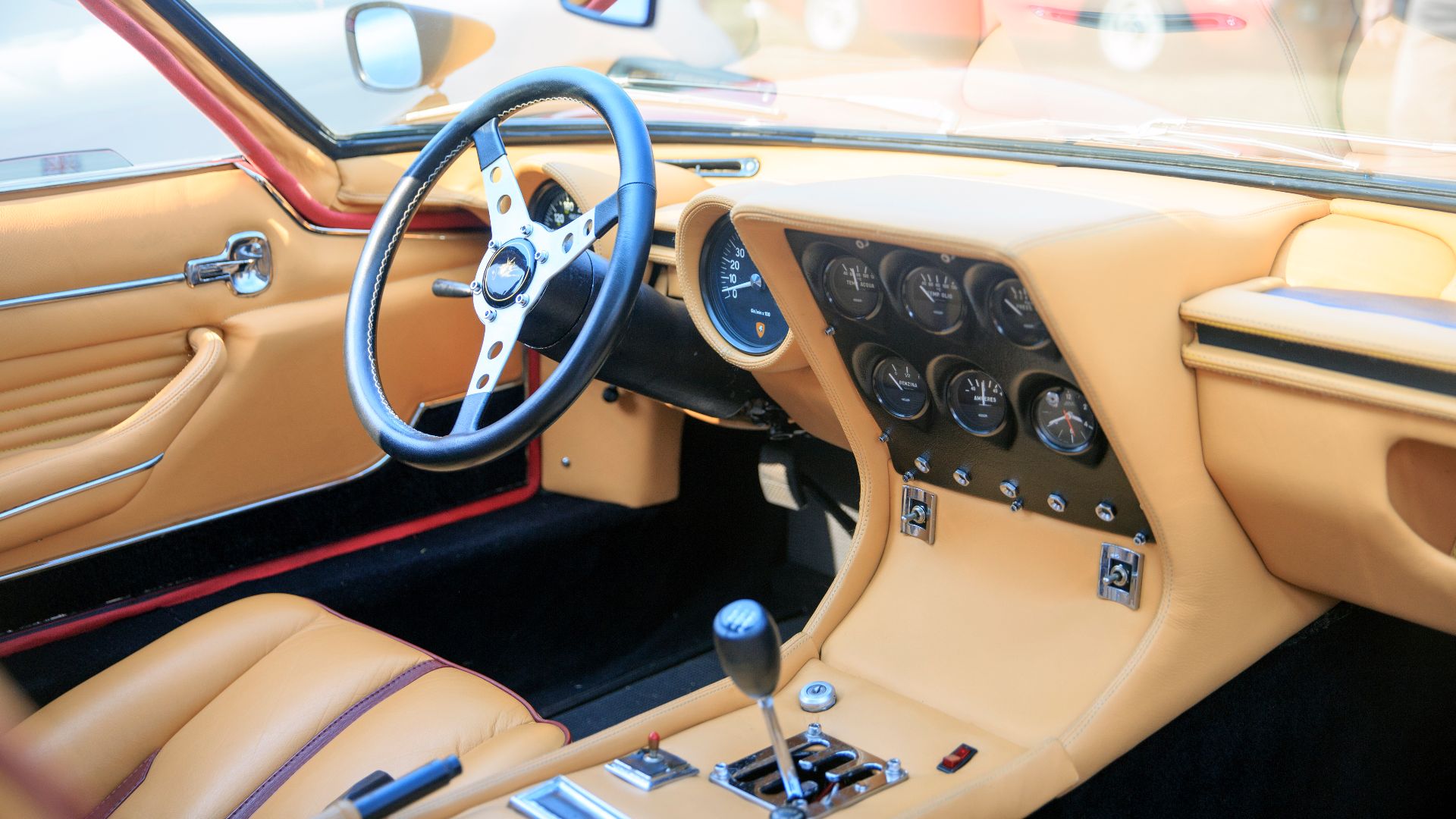 Mr.choppers, Wikimedia Commons
Mr.choppers, Wikimedia Commons
Engineering Innovations And Their Impact
Groundbreaking in 1966, the Miura pioneered several advancements that are still seen today. Its lightweight aluminum panels, crossways mounted V12, and independent suspension system set new performance benchmarks. Lamborghini’s engineers used it as a testbed for future supercar innovations, making its technology just as legendary as its looks.
And A Unique Approach To Weight Distribution
Placing the V12 transversely was a daring decision. While most supercars relied on front-engine layouts, the Miura’s designers sought optimal weight balance. Though early models suffered from front-end lift, refinements in later versions improved handling, which made it one of the most balanced road cars of its time.
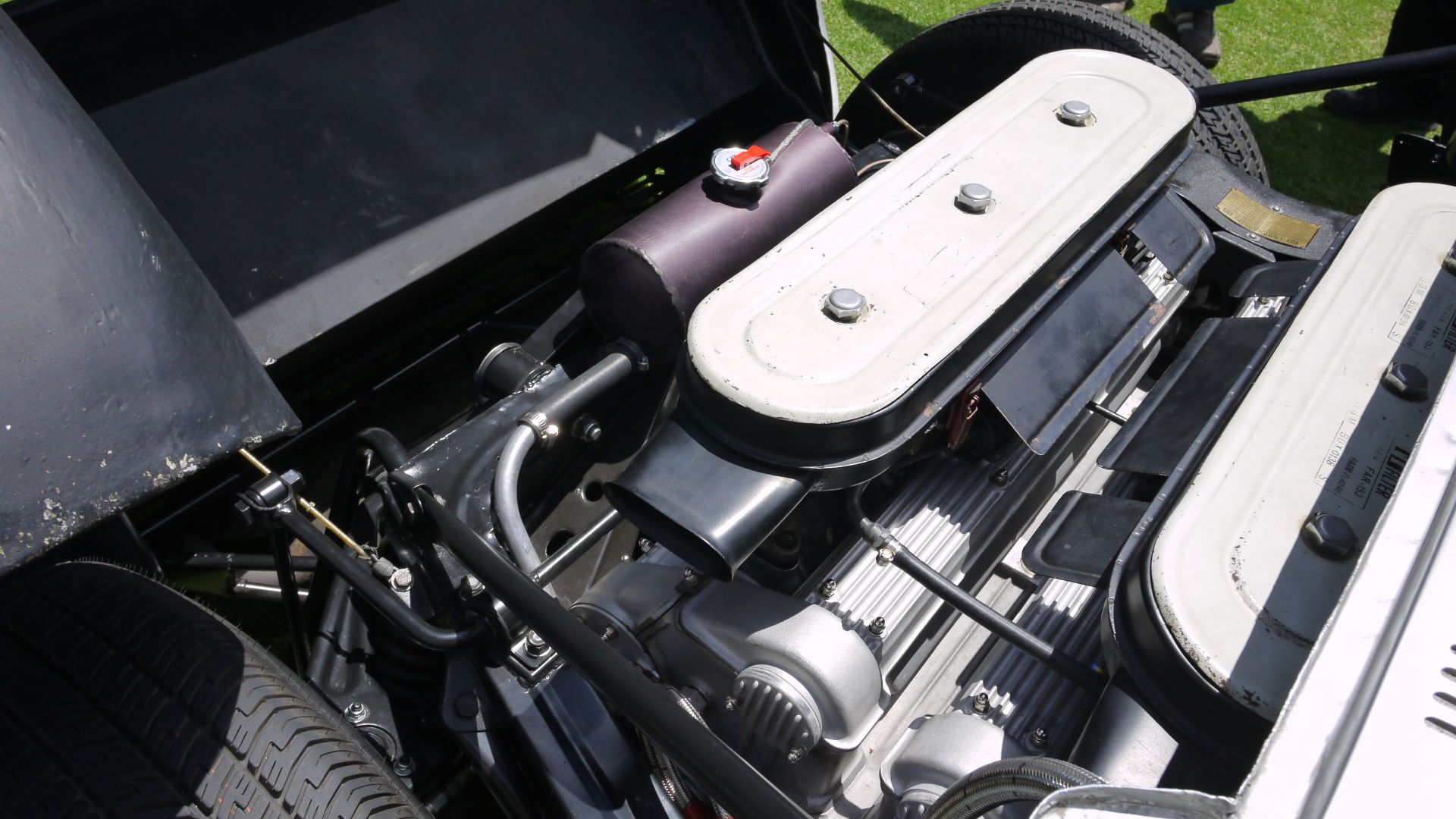 Craig Howell from San Carlos, CA, USA, Wikimedia Commons
Craig Howell from San Carlos, CA, USA, Wikimedia Commons
Despite Challenges In Early Production
Early Miuras suffered from structural weaknesses, especially at high speeds. High-speed lift made handling tricky, and overheating plagued the V12. Engineers reinforced the chassis, refined airflow, and improved cooling in later models. By the SV, these issues had been addressed, which turned an already legendary car into an engineering masterpiece.
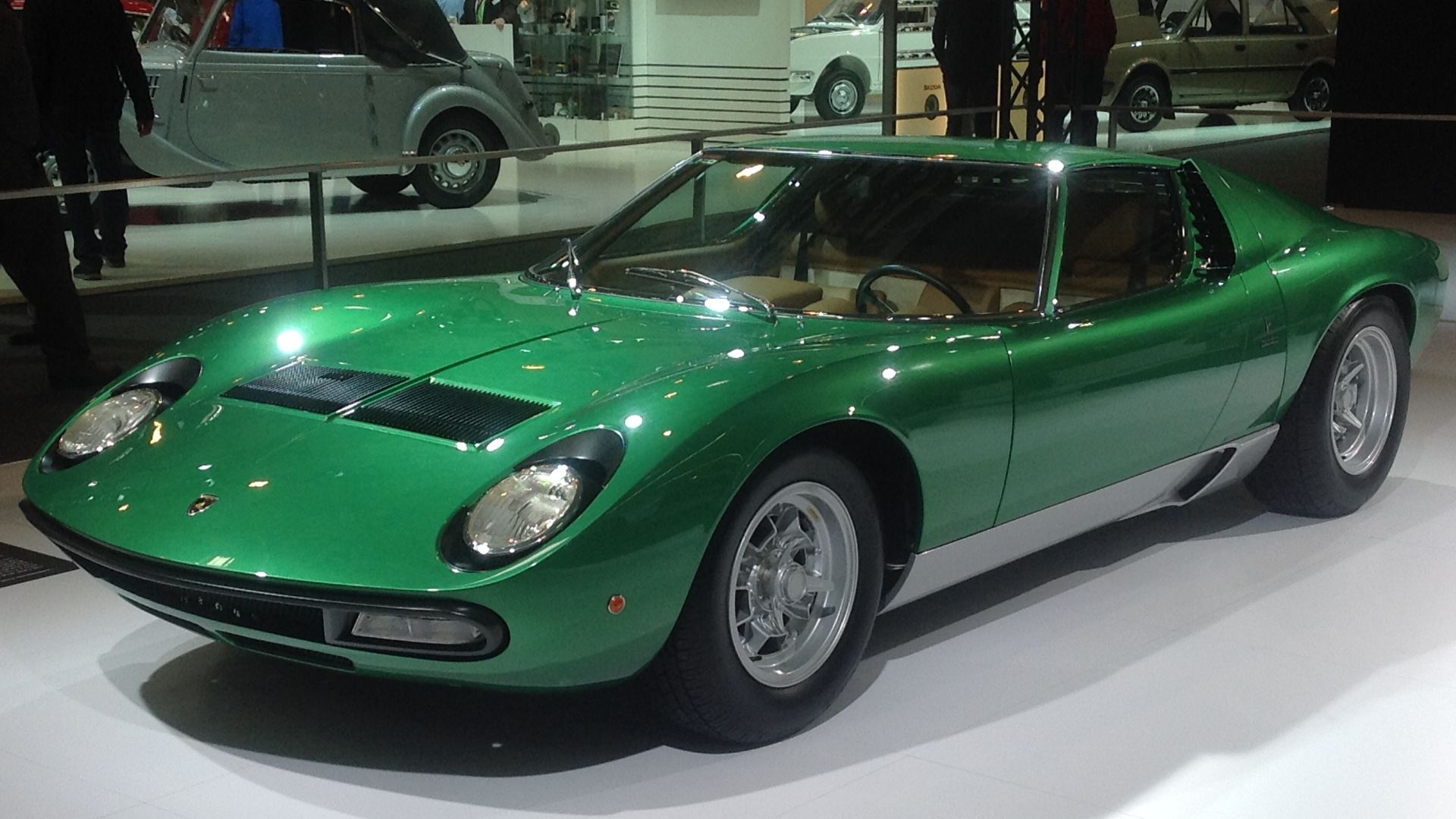 Andrew Bone from Weymouth, England, Wikimedia Commons
Andrew Bone from Weymouth, England, Wikimedia Commons
Innovations In Automotive Aerodynamics
Miura's aerodynamics were revolutionary. Earlier models experienced front-end lift, but subsequent iterations smoothed airflow. The SV's wider rear-end enhanced high-speed stability, and that development influenced future Lamborghini designs. It also solidified the Miura as a revolutionary supercar engineering milestone.
Influence On Competitor Vehicle Designs
Supercar design changed forever after the Miura’s debut. Ferrari responded with the Berlinetta Boxer, and even brands like Porsche took inspiration. The mid-engine layout was once a racing-exclusive concept, but it became an industry standard. Without the Miura, the modern supercar realm would look entirely different today.
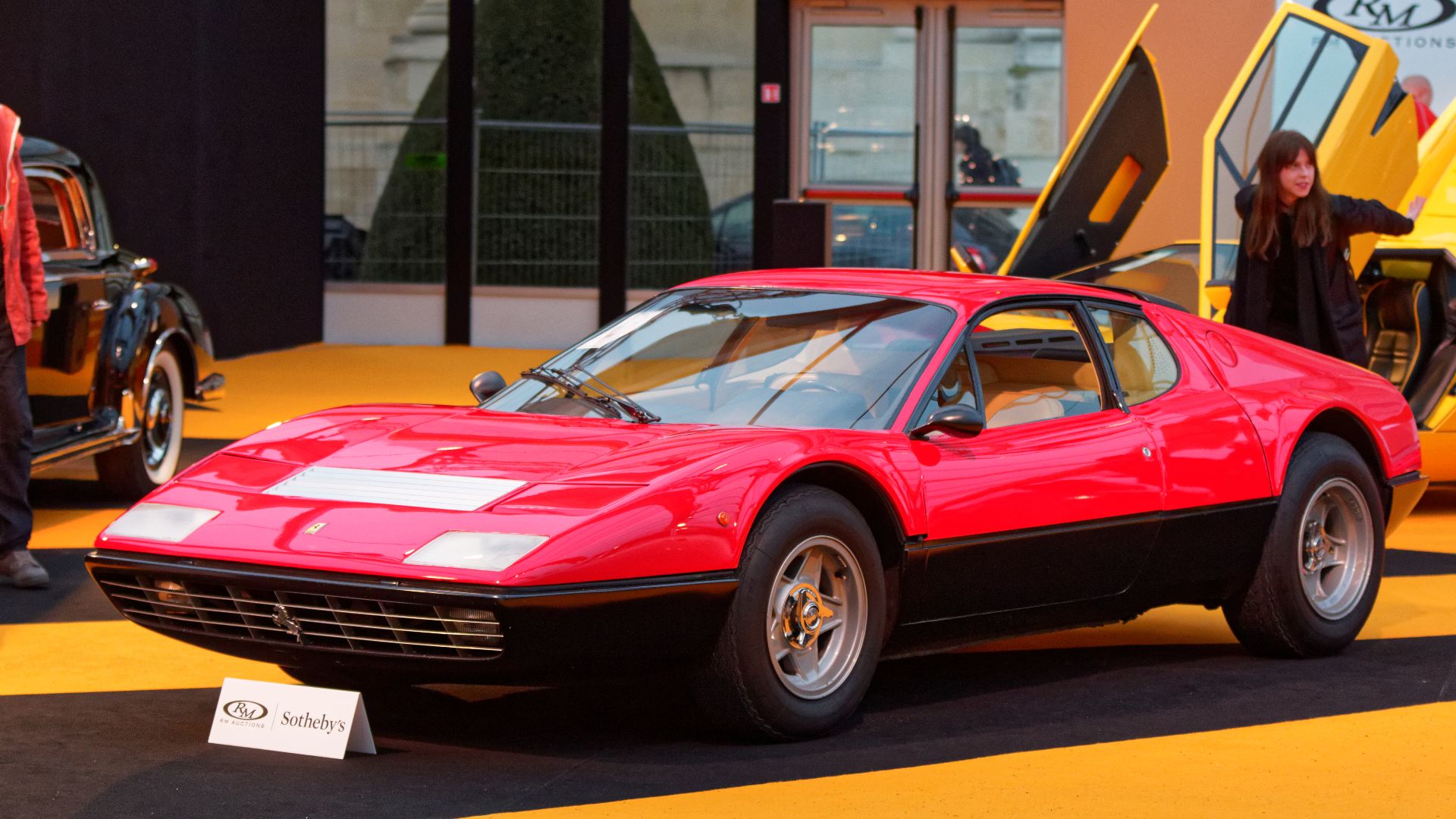 Thesupermat, Wikimedia Commons
Thesupermat, Wikimedia Commons
A Persistent Contribution To Lamborghini's Brand Identity
Before the Miura, Lamborghini was an ambitious newcomer. After the Miura, it became a dominant supercar company. This car didn’t just match Ferrari—it redefined Lamborghini as a fearless innovator. It showed that supercars could be both brutally fast and breathtakingly beautiful, which set the tone for decades of boundary-pushing models.
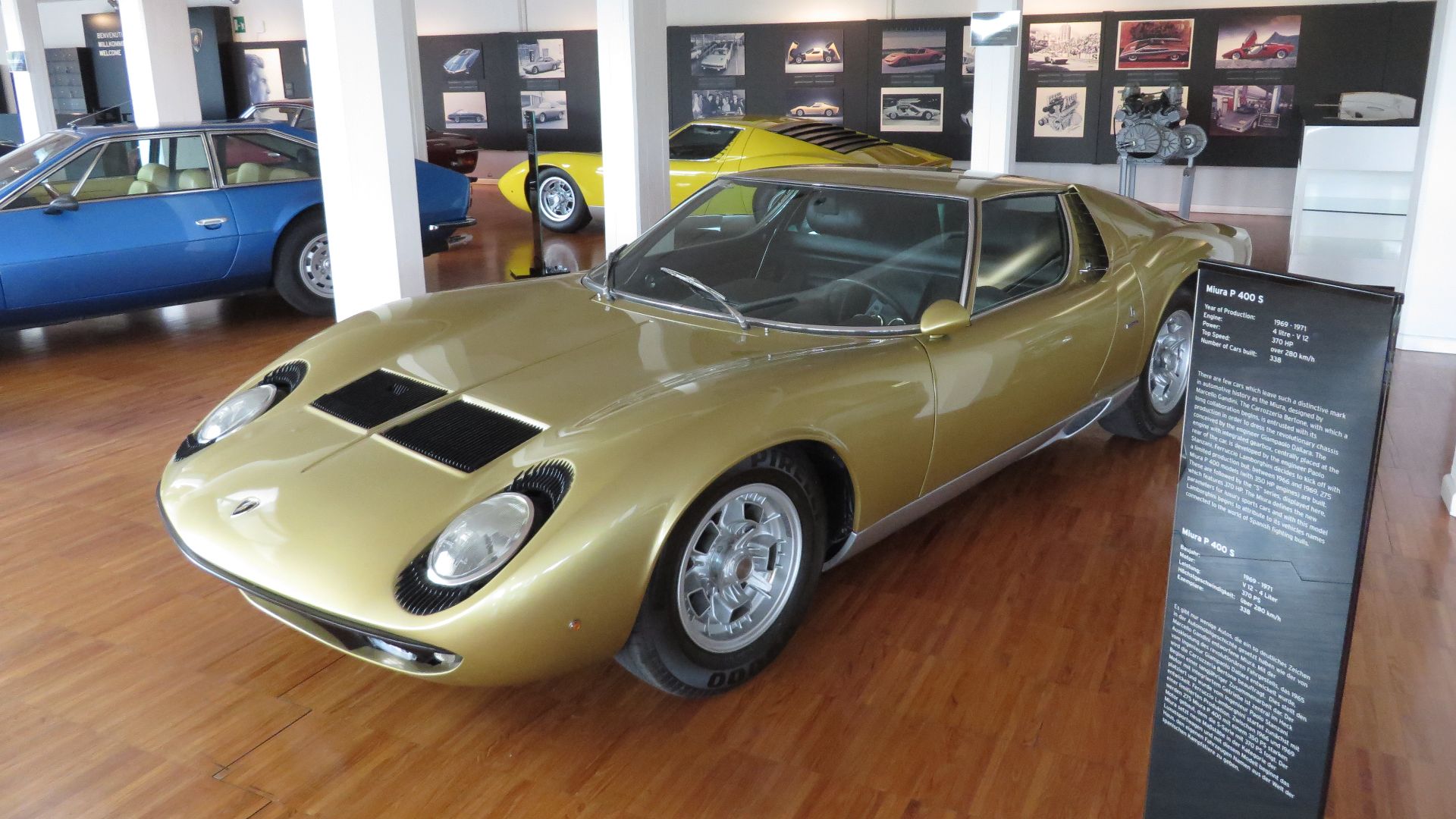 Leonard J. DeFrancisci, Wikimedia Commons
Leonard J. DeFrancisci, Wikimedia Commons
Influence On Lamborghini’s Modern V12 Models
Lamborghini’s V12 lineage started with the Miura. Every flagship that followed—the Countach, Diablo, Murcielago, and Aventador—built on its foundation. The aggressive styling, mid-engine layout, and naturally aspirated powerplants can all be traced back to this pioneering masterpiece.
Miura’s Lasting Influence
Lamborghini’s designers still reference the Miura. Moreover, limited-production models like the Lamborghini Reventon and Sian take inspiration from the Miura’s innovation. Even in the modern era, Lamborghini continues to celebrate the legacy of its first supercar.
 Alexandre Prévot from Nancy, France, Wikimedia Commons
Alexandre Prévot from Nancy, France, Wikimedia Commons
Inspiring Concept Cars
Tributes to the Miura continue to emerge. The 2006 Miura Concept, designed by Walter de Silva, reimagined the classic styling with modern proportions. Although never put into production, it reinforced the Miura’s lasting impact and proved that Lamborghini’s original mid-engine masterpiece remains relevant even in today’s high-tech automotive sector.
A Connection To Lamborghini’s Racing Legacy
While Lamborghini was focusing on grand touring, independent tuners extended the Miura further. They enhanced suspensions, boosted power from the engine, and tweaked aerodynamics to turn it into a track car. While unofficial, these upgrades tapped the Miura's potential and hinted at what Lamborghini might have done on the racing circuit.
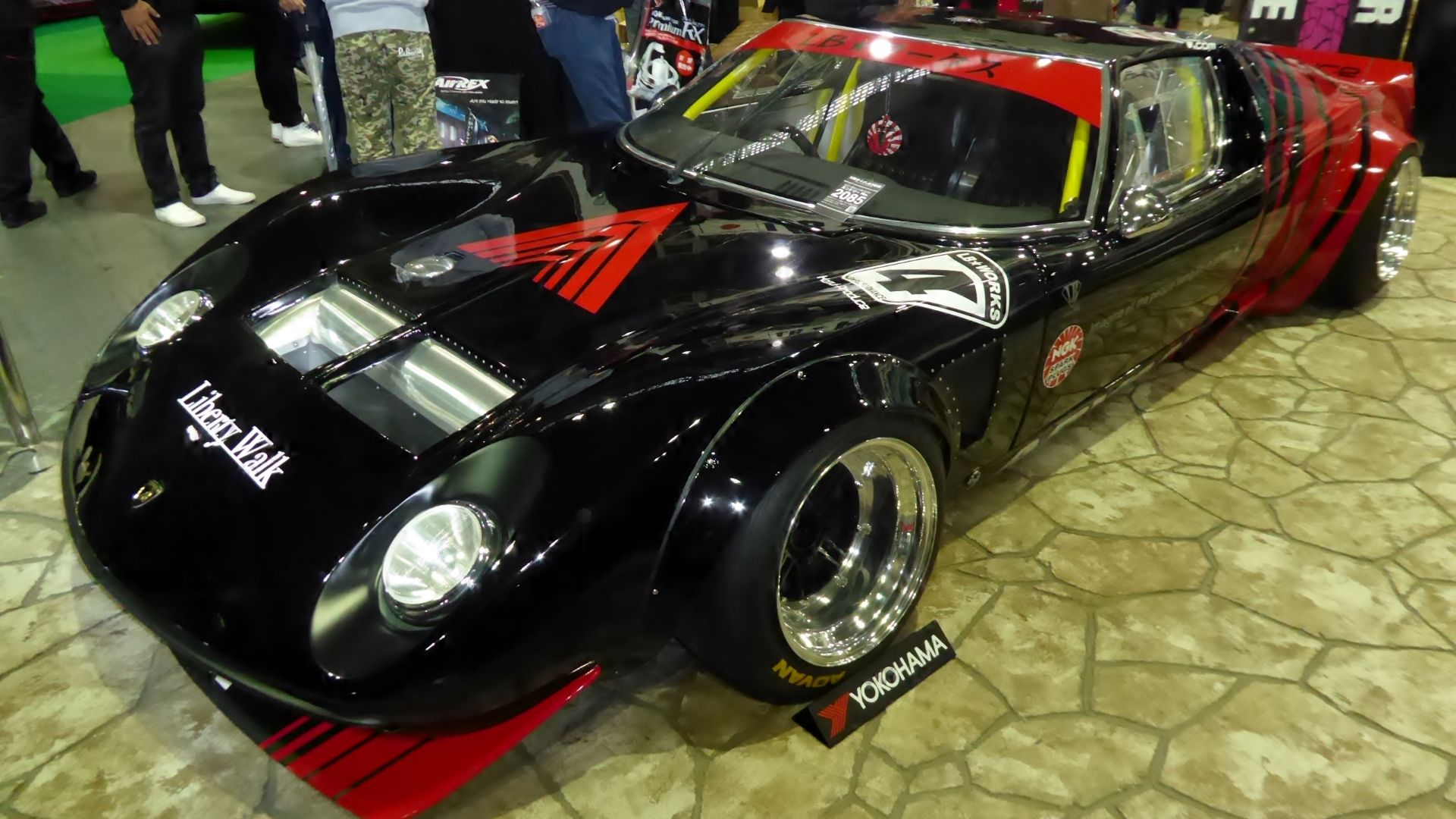 Tokumeigakarinoaoshima, Wikimedia Commons
Tokumeigakarinoaoshima, Wikimedia Commons
How It Impacted Modern Supercars
Supercars as they exist today wouldn’t be the same without the Miura. Its mid-engine layout and high-revving V12 set the template for brands like Ferrari and Pagani. Even electric hypercars owe a debt to Miura’s philosophy—performance and beauty in perfect harmony.
Establishing The Whole Segment
Before the Miura, there were fast cars, but not supercars. It was the first to combine race-car technology with street-going luxury, making it the true pioneer of the segment. Ferrari, Porsche, and Bugatti all followed its lead, which cemented Miura’s place as the original blueprint for every supercar that followed.
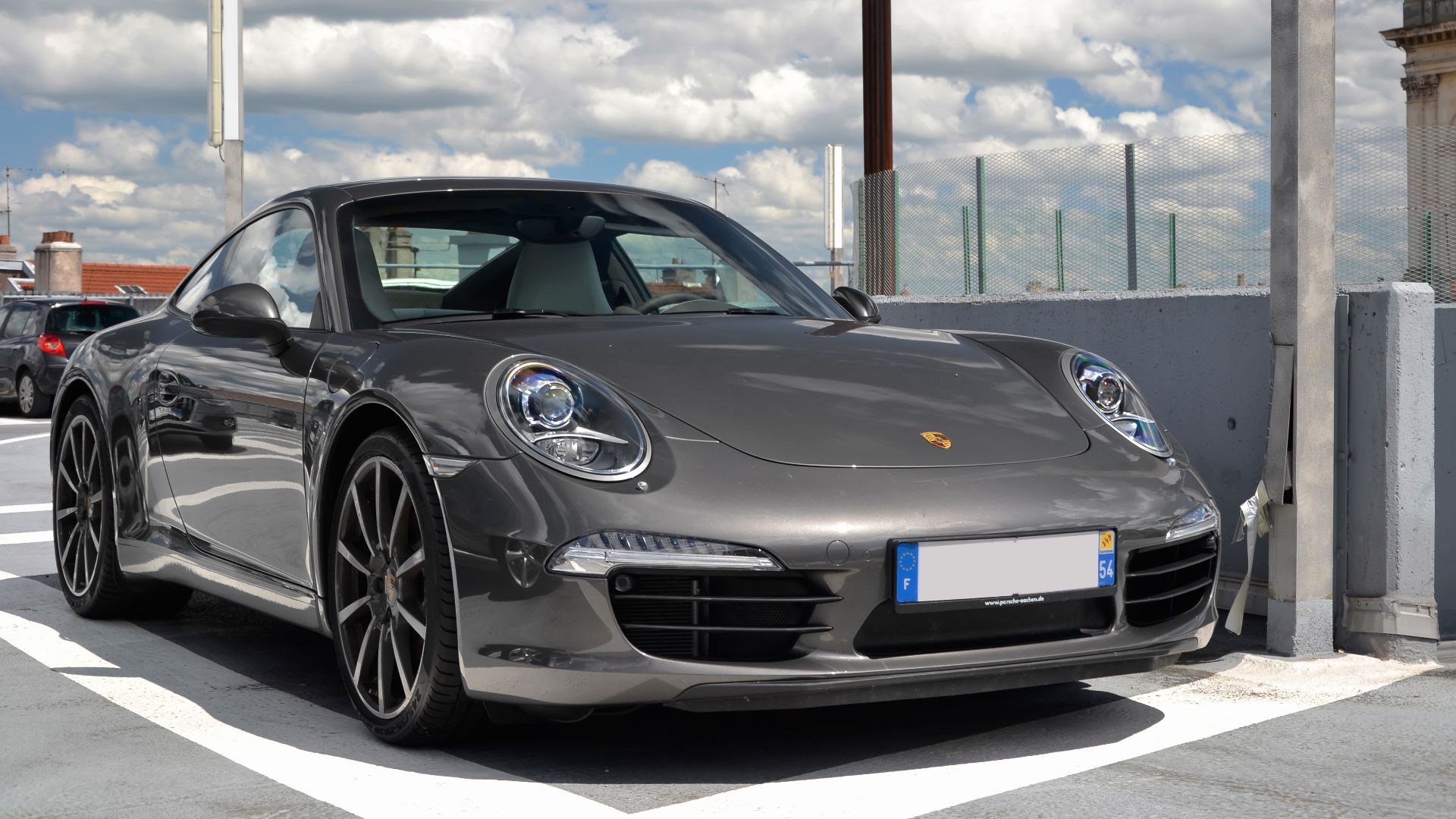 Alexandre Prevot from Nancy, France, Wikimedia Commons
Alexandre Prevot from Nancy, France, Wikimedia Commons
Recognition And Awards
The Miura remains one of the most celebrated cars in history. It has been named among the greatest cars of all time by Top Gear and Car and Driver. Even Lamborghini honored it with the 2006 Miura Concept, a tribute to the timeless legacy of the first true supercar.
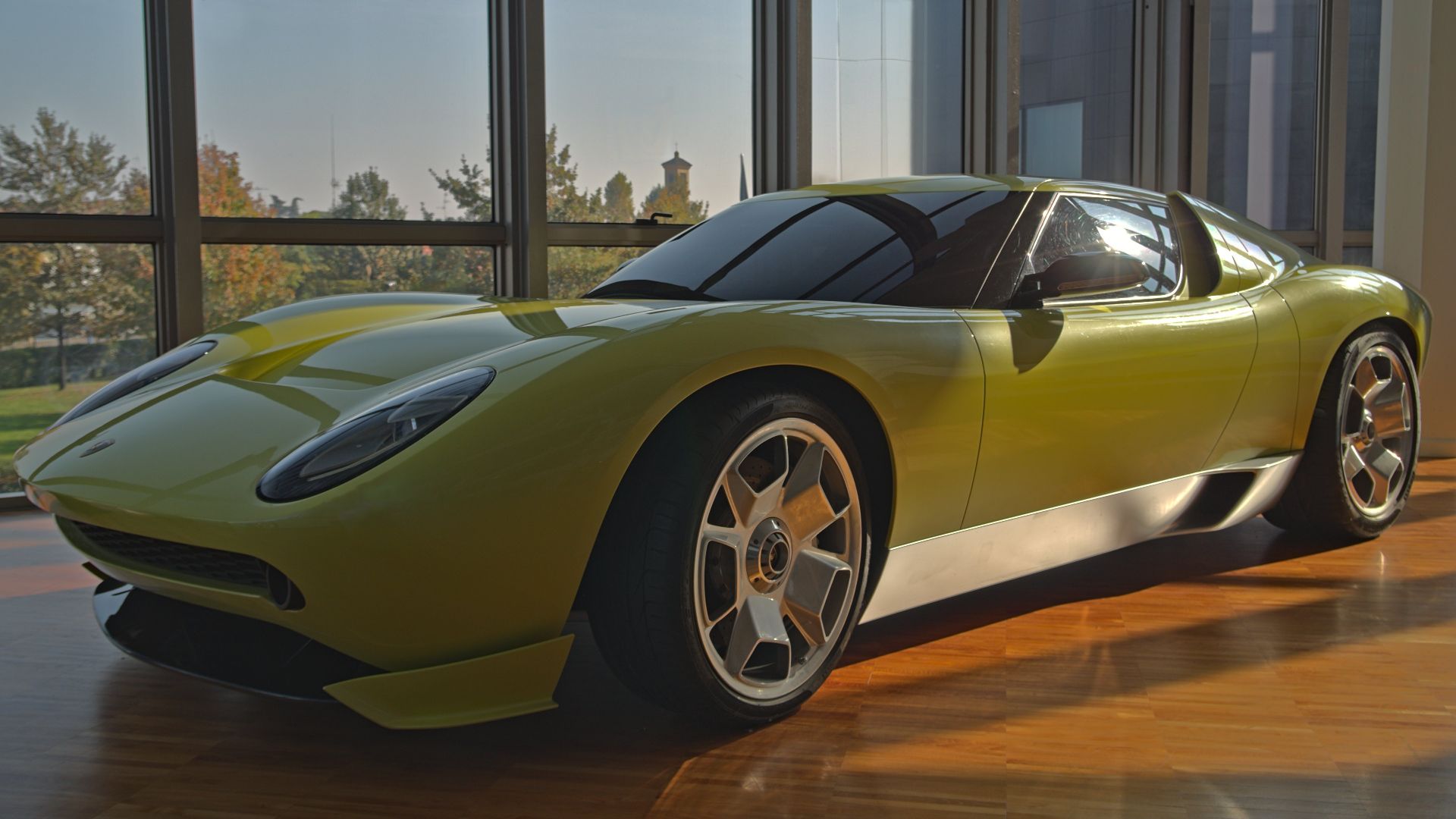 Rob Oo from NL, Wikimedia Commons
Rob Oo from NL, Wikimedia Commons
A Valuable Presence In Prestigious Car Collections
With fewer than 800 units ever made, it has become a prized possession for elite collectors. Enthusiasts like Jay Leno and the Sultan of Brunei own pristine examples. Its rarity and historical significance ensure it remains one of the most sought-after classics.
 1967 Lamborghini Miura P400 - Jay Leno's Garage by Jay Leno's Garage
1967 Lamborghini Miura P400 - Jay Leno's Garage by Jay Leno's Garage
And An Enduring Appeal In Modern Culture
Few vintage automobiles have the cultural cachet of the Miura. Be it the fashion glossy magazine ads or rock music videos, its shape still turns up in contemporary media. Designers and artists cite its swooping lines as the definition of automotive beauty, which guarantees its impact to transcend the automotive realm.
With Appearances In Music And Fashion
The Miura isn't only a car icon—it's a symbol of culture. Starred in fashion advertisements and music videos, it’s a symbol of luxury and prestige. Designers and artists have borrowed its curves as inspiration, which made Miura's image spread far beyond the automobile realm.
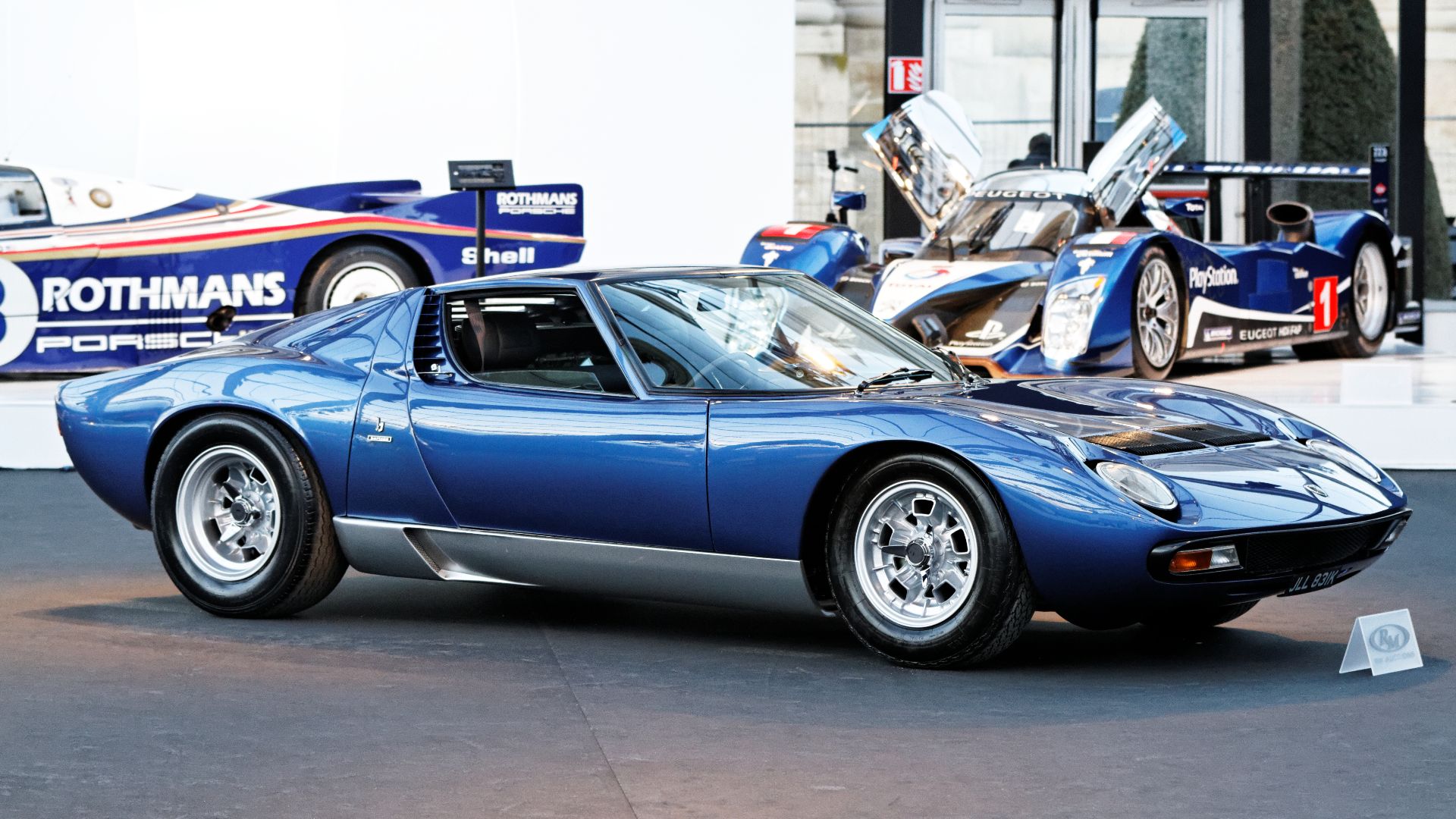 Thesupermat, Wikimedia Commons
Thesupermat, Wikimedia Commons
Market Value And Auction Records
Few cars are appreciated like the Miura. Once a high-performance bargain in the 1980s, with some selling for six figures, it now commands millions at auctions. In 2022, a Miura SV sold for over $2 million, cementing its status as a prized classic.
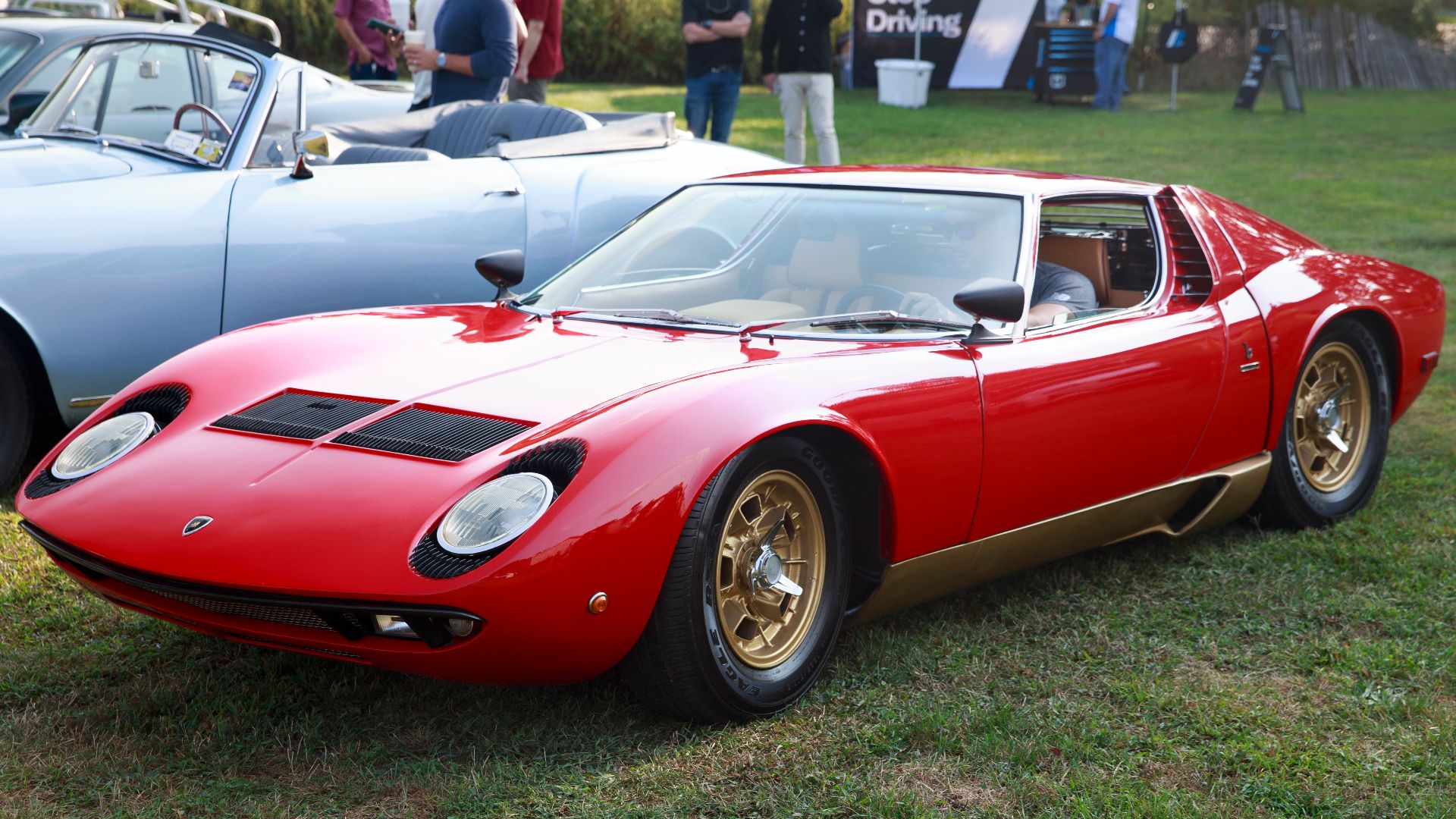 Mr.choppers, Wikimedia Commons
Mr.choppers, Wikimedia Commons
Role In Classic Car Concours Events
Decades after production ended, the Miura remains a star at events like Pebble Beach and Villa d’Este. Judges and enthusiasts alike praise its revolutionary design and performance. Winning top honors at prestigious Concours solidifies its place as one of the most revered classic supercars in history.
 Guy Kawasaki, Wikimedia Commons
Guy Kawasaki, Wikimedia Commons
Limited Production And Rarity
Exclusivity defines the Miura, and every example is highly sought after. The rarest models, including the SVJ, are virtually unattainable. Each chassis number carries history, adding to its mystique and skyrocketing its value among collectors worldwide.
 Miuragirl, CC BY-SA 3.0, Wikimedia Commons
Miuragirl, CC BY-SA 3.0, Wikimedia Commons
Restoration Challenges And Costs
Restoring a Miura requires expertise and deep pockets. Parts are rare, and skilled labor is essential to preserve authenticity. A full restoration can cost nearly $300,000. However, meticulous restorations yield million-dollar returns at auctions, which makes the effort a worthwhile investment for dedicated enthusiasts.
 joergens.mi, Wikimedia Commons
joergens.mi, Wikimedia Commons
The Miura’s Rare Color Variants And Customizations
Bold colors make the Miura stand out. Lamborghini offered vibrant shades like Arancio Miura (orange), Verde Scandal (green), and Giallo Miura (yellow). Some models featured unique interiors and even special-order modifications, which makes each Miura distinct and more desirable for collectors.
Original Price Vs Today’s Value
In 1966, a brand-new Miura retailed for about $20,000—a staggering price then. Nowadays, nicely maintained examples fetch millions. This skyward trajectory of value makes it one of the greatest automotive investments, demonstrating that genuine automotive art increases in value over time.
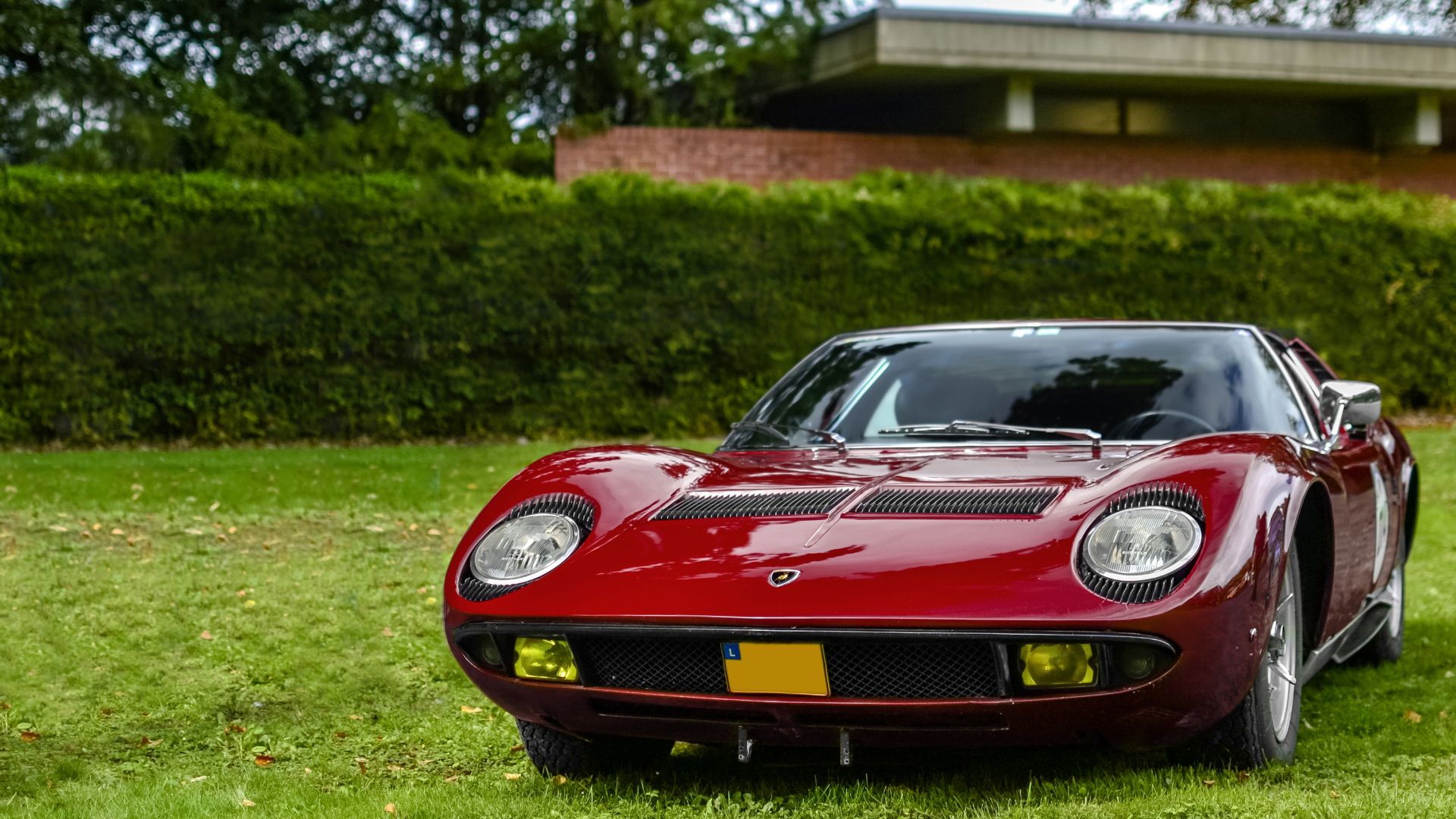 Alexandre Prevot from Nancy, France, Wikimedia Commons
Alexandre Prevot from Nancy, France, Wikimedia Commons
The Miura’s Place In Lamborghini’s Museum And Legacy
The Miura is proof of innovation at the Lamborghini Museum in Sant'Agata Bolognese. People admire the groundbreaking style of this icon and learn how it revolutionized the world of cars. Lamborghini continued into the future with the Miura as proof of its courage and dedication.
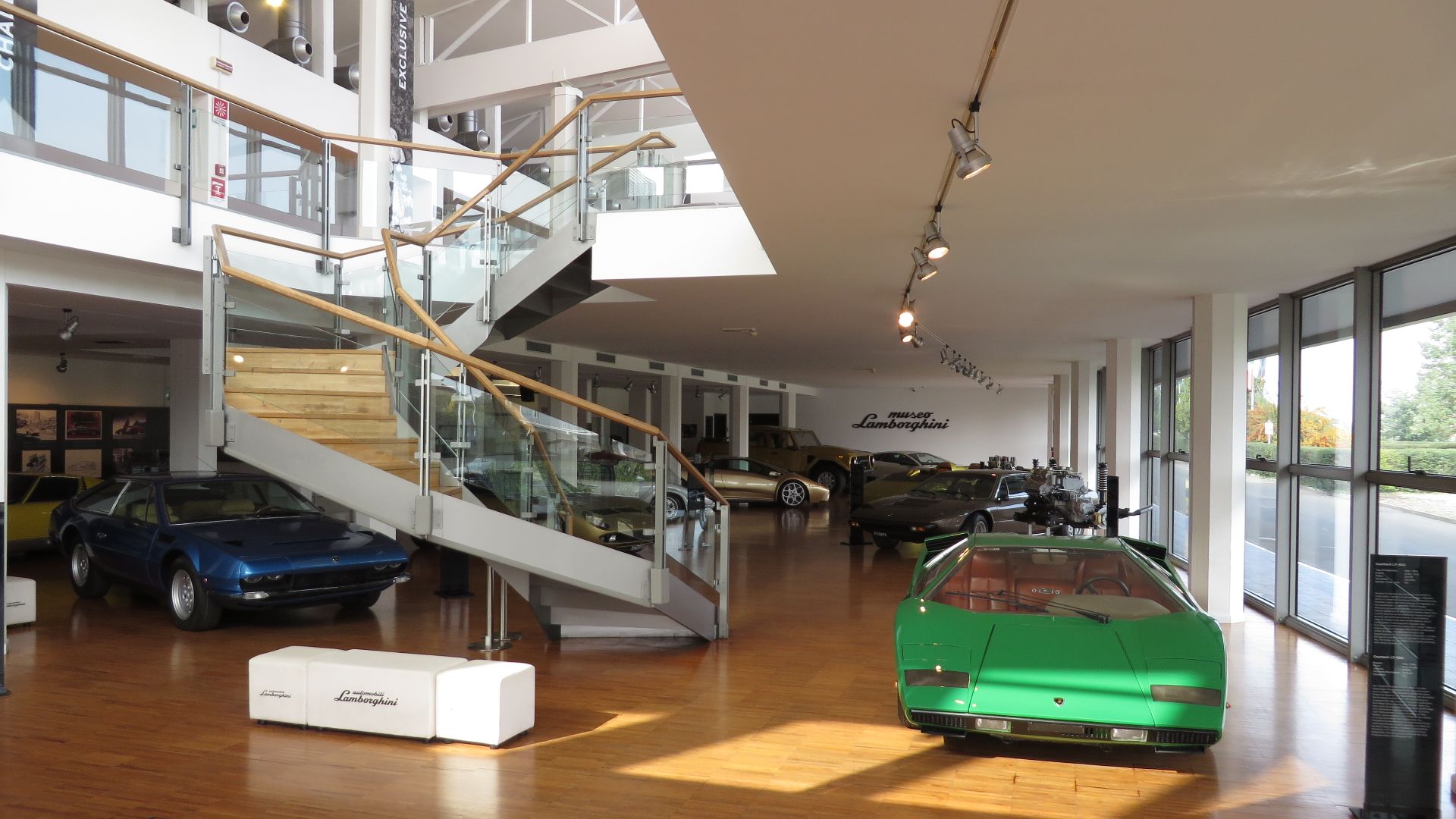 Leonard J. DeFrancisci, Wikimedia Commons
Leonard J. DeFrancisci, Wikimedia Commons
Why The Miura Remains The Ultimate Dream Car
The Miura still draws eyes to this day. Its looks and brilliant design turn it into a real dream car. On display in a museum or roaring around a bendy road, the Miura is not only a classic but a legend that refuses to fade.



